This is an abridged version of the story that first appeared in Trail Bike Magazine (TBM) in July & August 2014. However, given the situation with the pandemic and the likelihood that border crossings may well be restricted for some time to come, it could be this is the kind of adventures we’ll see in the short-medium future…
words & pics: JB
Dirt bike magazines are awash with big stories about big rides. Africa, the Americas, Central Asia. But does adventure have to be so far away, so damn committing on time, money and lifestyle? Can we have an adventure and still keep the day job, still be an adventurer with a wife and kids in tow? And what if we don’t have a stack of money to throw at the project?
I kind of answer to all of those questions. Being a bike journo I’m naturally poor, the only bike I own is an old rusting twin shock trials bike and that doesn’t even live in the same country as me (repatriation is proving tedious). I don’t actually have much spare time, as I need to write most days to keep sufficient funds flowing in to meet the mortgage. And yes, I have a small family (just the one kid). As much as it attracts me, the big overland adventure is just never going to happen.
So I had this idea: given say four or five days – a long weekend – and a little money, say about £150 ($300) what’s the most adventurous ride I could achieve? Europe was out of the question as the ferries are a blow-out on both the time and money allowances. Even staying within the UK I couldn’t set the distances too far reaching – both Scotland and Ireland are just too much of a ride away. I needed my adventure to start at the end of my driveway, literally.
Fortunately in the UK there are these old unpaved tracks and lanes, called byways, which criss-cross over the entire country – they date back to the dawn of time it seems, although many we can thank the Romans for. Unfortunately, due to the political lobbying pressure of greenies and ramblers (British weekend-walking types who intend to have countryside access to be denied to all except themselves) many byways have been closed. However, despite their elitist intentions it seems there are quite a few byways still existing – enough to create a disjointed network of a reputed 6000 miles…
And surely that’s enough to be able to ride say from one coast to the opposite with plenty of dirt and mud along the way? We’re not talking a trans-Continental mission here, but going from the bottom right of England to nearly the top left of Wales, that’s a good 300 miles at least and if you’re riding small lanes at about 15mph – and taking into account the indirect nature of the lanes and time consuming navigation – then surely that’s going to take a fair few days to achieve.
AND SO, THE PILGRIMAGE
It seemed like a good idea. Having decided I wanted to ride coast-to-coast, I needed some maps. Only the scale of maps I needed (most maps don’t show byways) meant some ridiculous amount of maps were necessary, probably two-dozen – and at £10 a pop that would blow the budget straight away. As well, I didn’t fancy crawling the entire way across the UK, map reading every inch of the way.
A better solution presented itself: the Trail Riders Fellowship (TRF). Brilliantly British, the TRF is essentially a national riders club for those who enjoy byways. Contacting this league of gentlemen (for that is what they are) I ended up with three solid-gold contacts, guys with local knowledge to get me across the country a whole lot quicker that I would manage. Not only that, one of them (a certain John Vannuffel) offered to ride the entire route with me – while navigating. I liked that last bit especially. Using a route devised by himself and the other two colleagues he had the entire coast-to-coast route plotted in a GPS unit. That’s not something you can do overnight, of course, but sorted over a matter of weeks. This was a lesson in itself. Alone we can achieve only so much, united we can do so much more…
Of course the intention here was adventure on the cheap, and given the advice that most of these byways get pretty narrow, muddy, downright slippery, then even if I could have afforded or borrowed one, a full-dress GS was not appropriate for the job. In fact, to underscore the budget point I took the only bike the British bike industry would actually entrust me with – a humble Honda CRF250L. A budget ‘Akito’ two-piece suit was essentially my clothes for the week, so I packed just a few smalls and completed the kitting-up process with a tent, sleeping bag and a set of throw-over soft bags by Kriega.
Along the way, I’d found an identity for the ride: The Pilgrimage. Spotting that our route through Wales included the seminal Strata Florida trail I learned that the Dark Ages abbey at the end of the trail (now a ruin, with just an archway left) used to be a destination for pilgrims, drawn as they were by the monks’ assertion that they possessed no lesser artifact than the Holy Grail (a mighty hoax of course, but clearly a persuasive – and I dare say lucrative – one). So the very tracks we would ride did also, hundreds of years ago, tear at the feet of the faithful, on the path to a hoped exaltation. Pilgrims and trail riders…
JUST GO…
The journey’s beginning came at 7am on a Tuesday morning in June, the missus and kid waving off their intrepid explorer. The big-ride reverie came to halt within ten minutes as the intrusion of rain prompted that roadside performance of waterproofs donning. It was a two-hour ride – made slightly damp – just to reach the agreed rendezvous with Mr Vannuffel.
Vannuffel and I made a symbolic pause beside the English Channel; albeit without any assembled media or well-wishers there was actually very little symbolism or drama. So we snapped a few images of our bikes next to the sea. Not even the sun could be bothered to appear.
My pathfinder, Vannuffel, was a brilliant sort. Equipped with a tricked-up KTM 690R, featuring a fair instrument panel of GPS across the handlebars, he was keen as mustard – devout even – in the now shared goal to cross the island using as many byways as possible. He showed his mettle early on as he guided us on an off-road transit over the Pevensey Levels, ancient marshes in the very bay where William of Normandy (aka the Conquerer) landed his ships ready to reset the path of British history (1066 and all that). And having all this to ourselves of a Tuesday morning – it was magical riding.
Vannuffel’s dedication to the byway-at-all-costs route would have repercussions. Byways are for the most part a slow means to travel by. If you’re hitting 15mph you’re doing well and often with overgrown hedges and slick mud under-wheel even 1mph can be a challenge. It turns out it takes a long time to get anywhere on byways. Pretty soon we were chasing a sun that was clearly getting closer to the horizon than we were.
At one point Vannuffel stopped at a small river. ‘It’s not a river,’ he said, ‘it’s a turnpike’. I could tell that by the family of ducks swimming down it. Vannuffel took the time to give me a quick history lesson on the wee byway – explaining in the height of summer the water dries up totally – before suggesting I get my camera ready as he plunged in and guided his KTM, much like a pleasure launch, downstream. He disappeared around a bend, out of sight and sound. I waited a while, heard nothing, so packed the camera and took the plunge myself. And by heck it was deep. I had my boots stapled to the footpegs, but the water was still higher than my boots and I could feel the water seeping in. More scarily the water was damn close to the bottom of the fuel tank and while I was searching frantically for shallower reaches I was also trying to recall just where the CRF’s airbox intake was – and yes, it’s on the very top, right under the seat, and rearward facing, fortunately. When I made the end of the 400 metre passage Vannuffel was there emptying his boots of the water. A turnpike then…
After this point the passage of time started to blur. I’d not packed a hydration pack – instead carrying a full-size camera rucksack on my back – so was starting to get low on fluids, I could feel a headache coming on. Stopping wasn’t much of an option with the first night destination – Stonehenge – so many hours ride away. Then we entered a wood and in the gloom I saw Vannuffel lose the KTM into a mire. It was dark under the tree canopy and he was calling to me for urgent assistance – the KTM was going under! I had to lay down the Honda, the soil being too soft for the stand and I fleetingly saw the clock on the Honda: 8pm.
The KTM wasn’t light, I’ll say that much, and in the end the only way it could be removed from the mire was on its side. Then once rescued to edge of the lane it was only by lifting the front wheel vertically above the rear, then rotating the upended bike, that we could get it clear. Did I say it wasn’t light? I could positively feel muscle groups in my back snapping as we heaved and pulled.
In the dark we approached Salisbury Plain, and I was anticipating a broad runway of byways between vast fields. Instead the lanes became narrow and overgrown, our wheels dropped into slippery little slots, while dew-laden long grass soaked us up to our waists. Hedges and trees veiled the way, clawing at arms and faces as we pushed through. Vannuffel, I noticed, had a good headlight, ‘it’s a halogen’ he said, and my CRF had a damn good light too. But both were only good for about three-feet in such clogging foliage. We pushed on and I took a brief look at the speedo to see it registering 3mph. ‘This might take some time,’ I thought. I needed to spare a thought for Vannuffel, too, for he and the KTM were effectively breaking the trail here and if the flora was beating up on me it must have been twice as bad for him.
NIGHT RIDERS
And so we pushed on. Somewhere in the murk of the night we crossed a ford. I know that because at the last moment I saw a sign to the effect, ‘Ford’ it said, then I felt the CRF’s tyres slip alarmingly as we hit algae-covered cobbles, then came a splash and a frantic rev on my part, before – by some miracle, we emerged sideways (again on algae) out the other side. There was some sense of bewilderment on my part, in the dark I had barely seen the water, so I was a touch shocked by the whole experience but Vannuffel was oblivious, studying his GPS for the next byway.
We reached our first-night destination, finally, at 1am. Of course that didn’t go well. Apparently campsites don’t like their guests arriving after midnight, especially not on motorcycles, and that goes double when those motorcyclists mistakenly ride around in a paddock full of sheep. ‘What the hell do you think you are doing?’ came the voice from the dark. Ever hopeful I replied, ‘Ah, we have reservations, two tents in the name of Vannuffel’. For his part Mr Vannuffel was still riding circles in the paddock – maybe he was trying to find a good pitch. ‘Can you stop him doing that? He’s frightening the sheep!’ With a slightly blowing Akrapovic exhaust I suspected he was waking up the entire site too. Vannuffel is though a master negotiator and within ten minutes we’d begrudgingly been allowed to pitch in what looked to be the site’s picnic area.
I took stock: my feet were soaked, my gloves and scarf too. And everything I touched was wet. Using head torches we put up our tents, tried ever so quietly to inflate our sleeping mats before finally turning in, crawling into sleeping bags (I took my socks in too hoping they’d dry by my body heat). I quietly noted Vannuffel had a definite look of the survival specialist such was his natty teepee tent and extensive range of foldable micro-amenities, but it was late, this was of passing interest, better explored in the morning. It was 17 hours after we’d set off from our start, 19 hours since I’d first swung a leg over the CRF that morning. Some 250 miles done (not including the 70 to Pett Level). Day one of four was over. And, over-tired, sleep didn’t come easy. I guessed this was adventure.
THE HENGE
A new day, a new challenge: rain. Okay, not a new challenge at all, a constant one in the UK to be fair. And this was all-day rain, the sort that raises the water table – in this case so it was mostly four-inches above ground level in the byways. But here and there, where vehicle passage had worn deep hollows, it got deeper still. We got into more overgrown trails, still submerged, bringing down the speed again, needing the odd duck under the lower branches. And sometimes we found the way completely blocked by fallen trees. Not small trees, but huge ones, like oaks. Getting around these required sizeable clay banks to be scaled and descended, sometimes on-bike sometimes off – good fun in a Boy Scout kind of way.
The terrain changed, starting to lift and fall – we were in the Cotswolds. This is an area in the west of England defined by the Jurassic limestone that is the bedrock for everything. Those rocks started appearing above the surface of the lanes making the ride that little more technical. Nothing we couldn’t ride, but needing a bit more attention, especially given everything was wet. Our riding kit was starting to suffer. Gloves and boots were of course saturated, but our jackets and jeans, our waterproofs were all overcome. I could feel the water running back and forth in my boots as I accelerated and braked. Wearing an open-face helmet (it had seemed a good idea at the time) meant stinging rain when the speed picked up but I suspect it also meant less misting of the goggles, so fair compromise.
When we reached the campsite for night two – now saturated – we gave in and asked for suggestions of bed-and-breakfast accommodation, but there were none at the adjoining pub and the next was a fair ride away. Maybe we could stay in a caravan? None available. We were left with no option: just camping in torrential rain, in a soaking field, with risk of flood. Or rather Vannuffell did. I spotted the campsite kitchen, which while open on three sides had at least a roof and a dry floor. It wasn’t exactly spacious but somehow I got my tent and the Honda in there – not that the campsite manager was too impressed. “Your friend is going to have to move,” he told Vannuffell. I moved – about an inch.
NATURE WATCH
Day three started agreeably on dry back roads – the rains had finally blown through – and with a little life-saving by Vannuffel. We’d been rolling into the lush green Wye Valley when we rode into a scene straight from Nature Watch. From 50 yards back all I could see was Vannuffel laying on the brakes then apparently sprouting huge brown feathery wings, like some kind of pegasus, before the wings detached themselves and I saw that it was in fact a bird of prey obviously lifting off the road. As Vannuffel skidded underneath, the bird dropped a small furry bomb on him. Vannuffel carried on a good 20 feet but I came to stop beside the bomb, to realise it was actually a bunny – clearly intended as breakfast. Still alive, but a trifle surprised by the sudden turn of events, I stood guard until Bugs came to his senses and dived into the nearest hedge. We rode on, amused; me wondering why I empathised more with the rabbit than the eagle (or buzzard, whatever it was).
Entering Wales the nature of the trails changed. In the Cotswolds these had been well-worn, but with many of Roman origin there was a sense of order (almost) but in Wales there there was a sense of devil in byways. Many were sunken, barely handlebar width and seriously overgrown and utterly random in direction. They were seriously muddy, too. If not muddy then delightfully steep and rocky.
Half a day of fighting that lot and we emerged into what can only be described as the Wild West. The hills opened out but the trails were blocked by concrete barriers with dire police warnings of confiscations and criminal records. Unnerving to begin with, but as we found kids riding small motocrossers, found men powering jetskis over reservoirs (both of which we were pretty sure were illegal) we got to understand the signs weren’t meant for us, the road-legal crew, but this (admittedly) happy band of less-legal natives. For their part the locals were friendly, helpful and dismissive of the legal threats. This was clearly their country, had been for centuries and they lived by their rules, not those by some faceless cheerless bureaucrats. And given that those greater powers – that we’re taught to respect – had, for a century, seen fit to rip through these hills with utter abandon, tearing down whole landscapes in the search for precious minerals, then really what are a few tyre tracks on what remains by comparison?
We camped that night in a small, wooded, steep-sided valley with a river cutting along one boundary, it was damp so we got a log fire going in a brazier. Here we met our escort for the last day’s ride to the Welsh coast. Christian James is one of those splendidly larger-than-life characters that you need on rides like this. His Honda XR650 announced his arrival a few minutes ahead of his appearance, such was the lack of silencing from the exhaust. James was immediately very Welsh and very likable, and his bike spoke of his passion: spec’d with a Dakar-spec tank, Baja-spec twin headlights plus acres of duct tape. The man himself rode resplendent in supermarket denim jeans and faded commuter riding jacket. And while Vannuffel’s 690 sported serious Giant Loop bags and even my CRF some natty Kriega bags, James again outshone us with his no-brand sports duffle bungy-ed to the pillion.
HOME STRETCH
In the morning we crossed (live!) army firing ranges (keep your head down) and threaded through pine forests before coming upon the rocky trail to the abbey at Strata Florida. There are plenty of river crossings along this trail – the levels there rise and fall quickly after rains – but it was the deep muddy puddles along the trail that really tested the waterproofing on the bikes. It felt touch and go at times, the engines bogging, but we crossed all without undue excitement or delay.
So we reached the abbey – and like all true pilgrims were turned away… Without prior written authorisation we weren’t able to push our bikes under the one remaining arch of the abbey for a photo call. Nonetheless, Julie – not a monk, but the on-site Welsh Assembly representative – was tickled by our tale of pilgrimage, and while discussing the history of uprisings, murders and assassinations (historic, not recent) I got to feeling we’d arrived, we’d completed our mission, our pilgrimage.
And, just as for pilgrims before, we’d not found the Holy Grail, we’d ridden so many lanes with such variety perhaps we had. We’d seen England and Wales in a manner that is utterly unique, and (to me) so very new and fresh. Britain is surprisingly a spectacularly attractive country and the ride stood to reinforce the fact the British do still enjoy fantastic privileges in terms of (relative) wealth, leisure and access to our countryside.
And what followed – reward for our pilgrimage, perhaps – certainly had all the hallmarks of entry to the Kingdom of Heaven, for we rode from the abbey into the Elan Valley. Here we rode a trail that travelled for miles, hours, uninterrupted, and after riding over mountain tops, we rode alongside a stunning marine-blue lake and then followed stream crossing after stream crossing. Not a car, not a person seen for hours – and in the UK!
At 8pm we finally made the Welsh Coast. The twilight was settling-in, and another storm was on its way. We rode down to a beach and touched the waters. The four days of riding had been so challenging, so absorbing, and the byways had been so removed from the thrum of modern Britain that we may indeed have ridden on another planet. And like many a pilgrim we had a sense our souls had been cleansed.
So yes, the journey was a success – adventure can be found at home, it can start right at the end of your driveway. And it need not cost the earth.
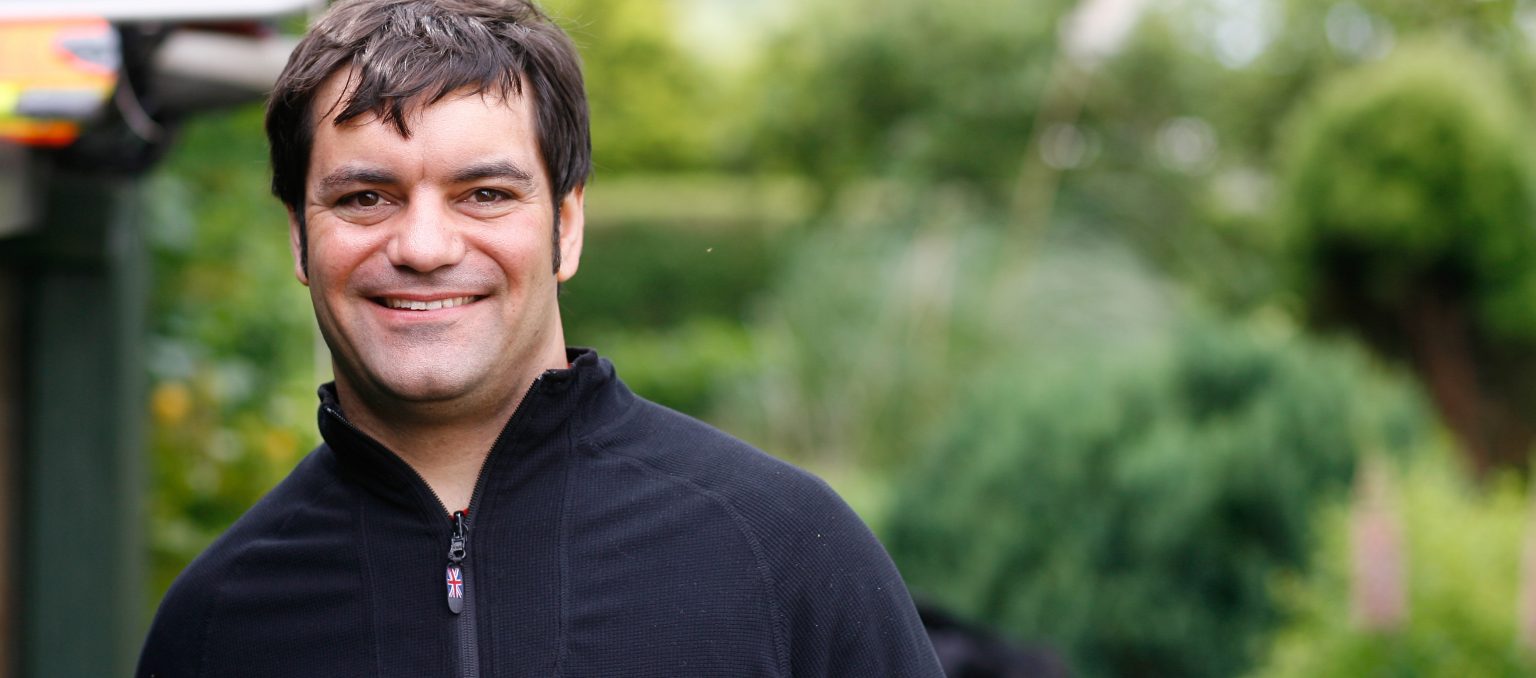
JOHN VANNUFFEL’S PREPS
John Vannuffel is a busy officer of the TRF, working on appeals against TROs and such in the South of England. He compiles formidable written submissions for these, but for this project he’s put the navigational planning into a very succinct few words:
“Working out a route wasn’t too difficult – which was just as well seeing as the plans changed significantly in the week before we set off! I mapped much of the first day’s route from my own knowledge of the region. Richard Simpson, the TRF’s public relations officer, provided details of a route from Shurdington to the Fosse Way (day two). Then Marianne Walford from Trail Ride Wales put me in touch with Christian James for working out the routes in Wales.
“Sussex to Stonehenge is then a run that I’ve done before. Wiltshire is blessed with access so working out a route to the Fosse Way was straightforward, as was working out an alternative to crossing the live ranges!
“The river crossing JB speaks about was in Sussex (Fordwater Lane) and was a first for me and a personal triumph. I’d spent almost two years trying to get West Sussex Council to clear an illegal obstruction to the road. Fortunately they had done it the week before we rode it.
“I did get suggestions from TRF colleagues as to good lanes to pick up in various counties. One could spend literally weeks riding to Wales sampling the best lanes and lots had to be left out in order to get to Gloucester in two days! With the changes to plans in the last weeks I ended up finalising the route the day before we set off. The route from Ross-on-Wye to Brecon (day three) was plotted by Christian and I received that on the Monday.
“The navigation kit consisted of a Road Angel sat nav showing memory map (ordnance survey), a Tom Tom rider, and a full set of ordnance survey maps on my phone as back up.
“Campsites were checked in advance.”
THE TBM COAST-TO-COAST BYWAY CHALLENGE – A FEW FIGURES
What is it?
Jon Bentman (Honda CRF250L) and TRF man John Vannuffel (KTM 690R) rode from South Coast of England to the Welsh Coast on the Irish Sea using as many green lanes as they could.
When and how long?
They did it the first week in June, 2014. It took them four days. To travel an equivalent direct (motorway) route of 280 miles they rode a total distance of 625 miles using byways and small country lanes.
What did it cost?
JB’s Honda CRF250L sipped gas at a rate of 85mpg, so the whole journey needed just 7.35 gallons (about 35 litres) which at UK prices cost £42.50 (about $90)! He camped each night for a further cost of £40/$80 (wild camping is illegal in the UK). The return ride cost a further £20, leaving a handsome £50 from his £150 budget for food!
Why?
To prove that even in an over-populated and heavily urbanised country as the UK there’s still plenty of scope for proper adventure riding. And secondly, to show that a real off-road adventure can happen wherever you want to make it.

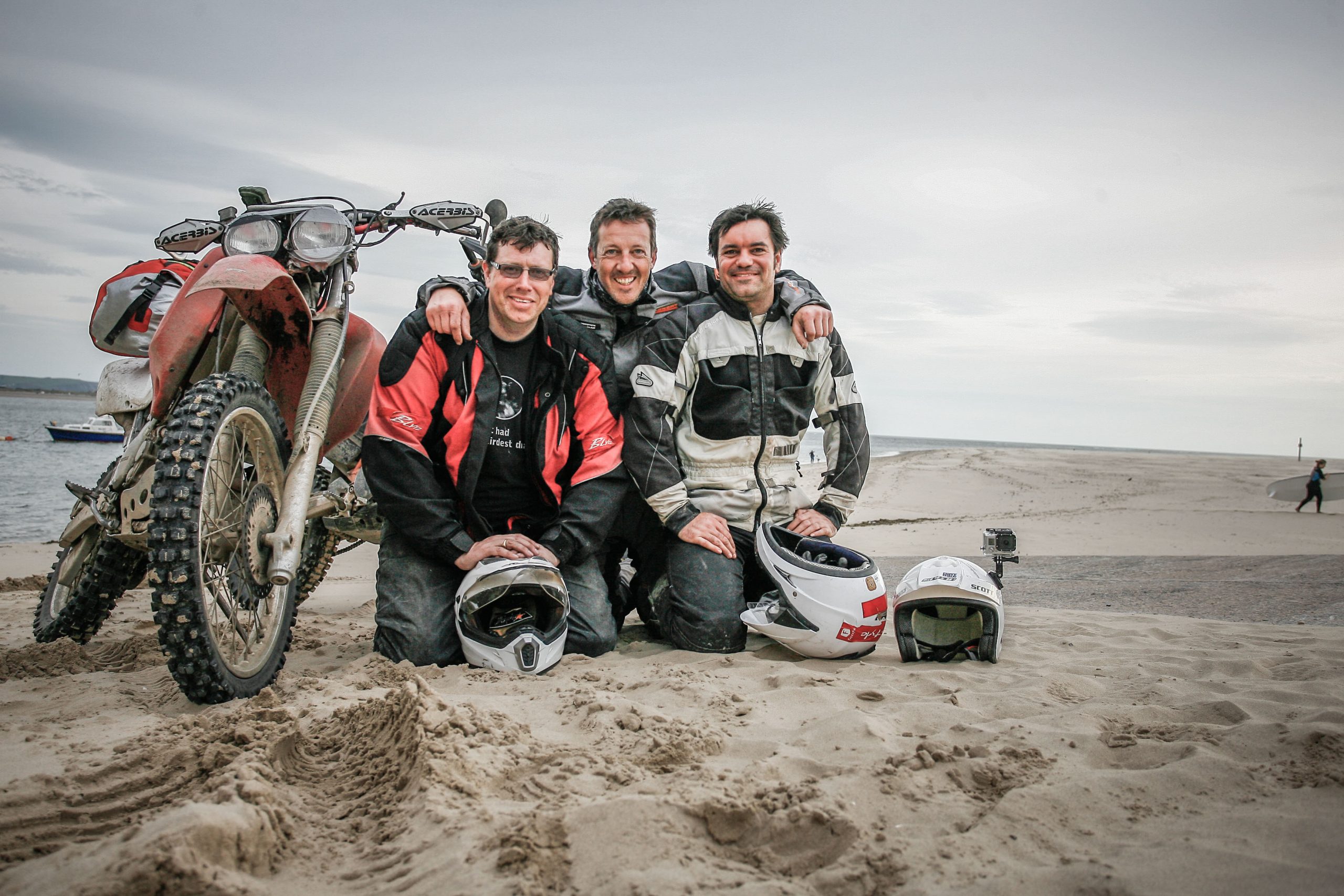

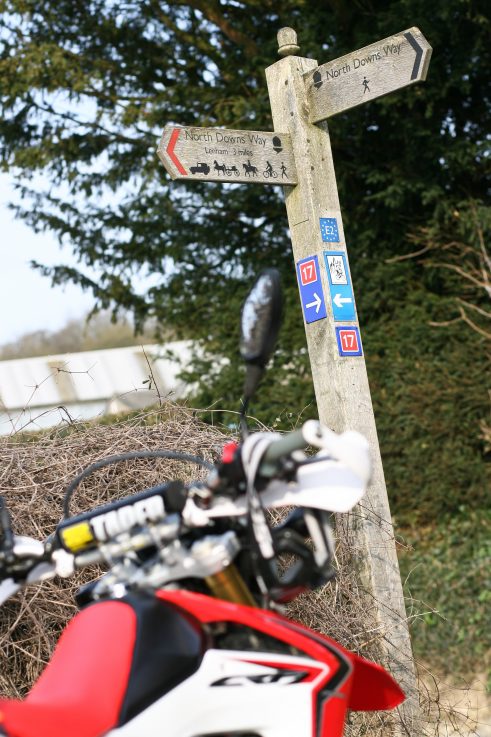
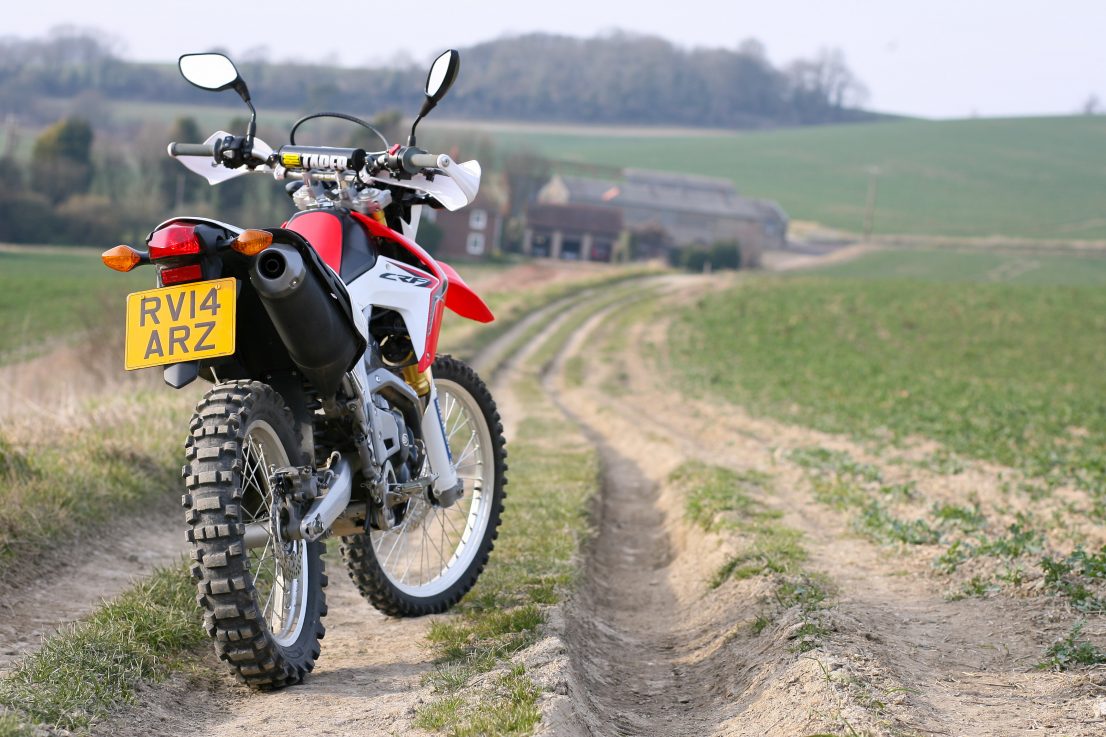
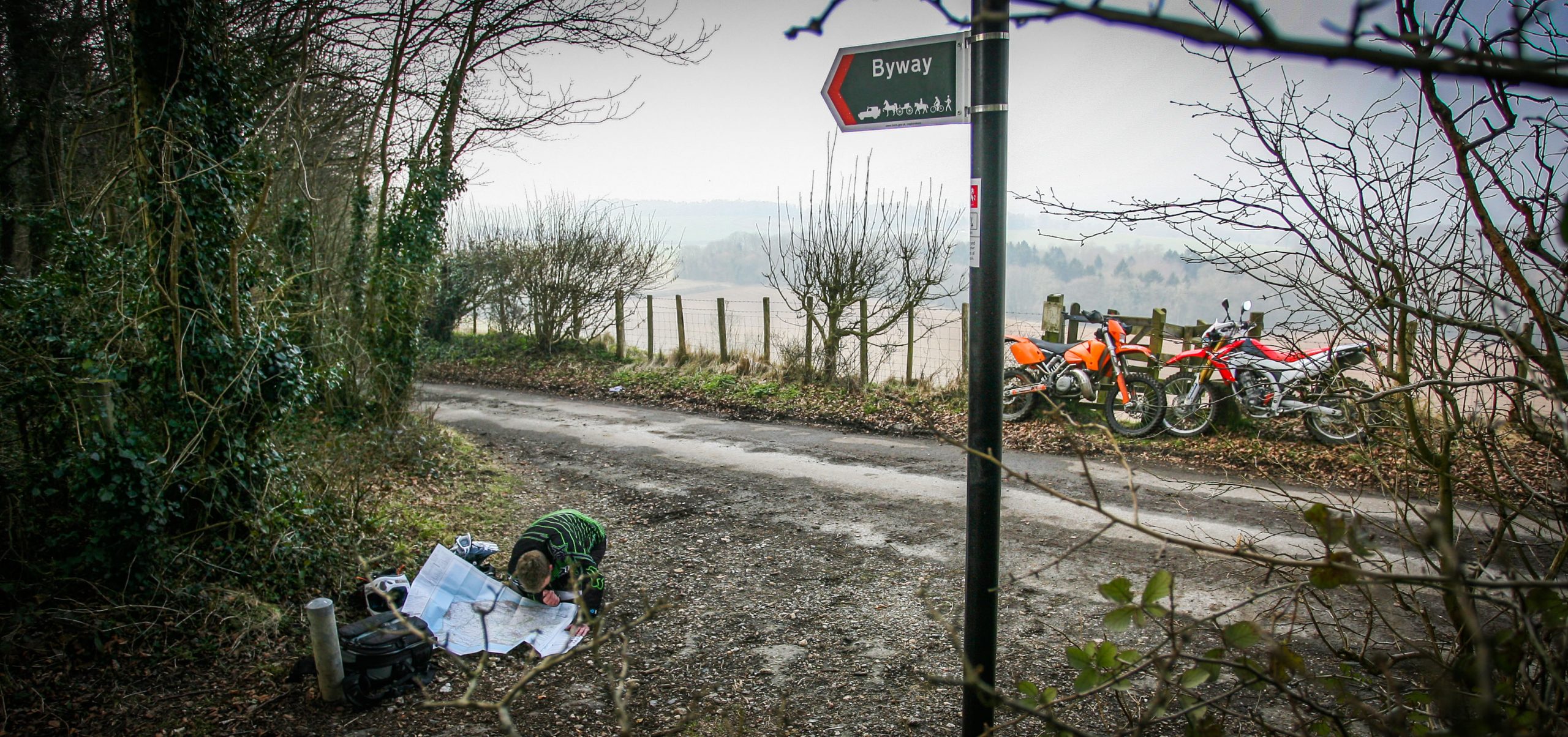
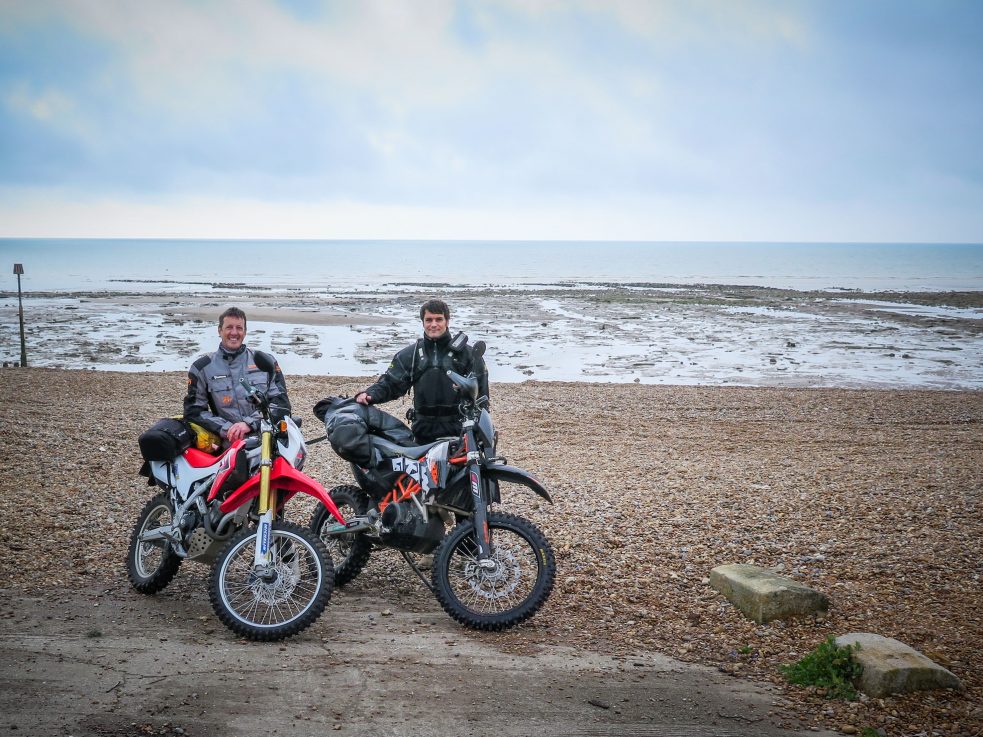
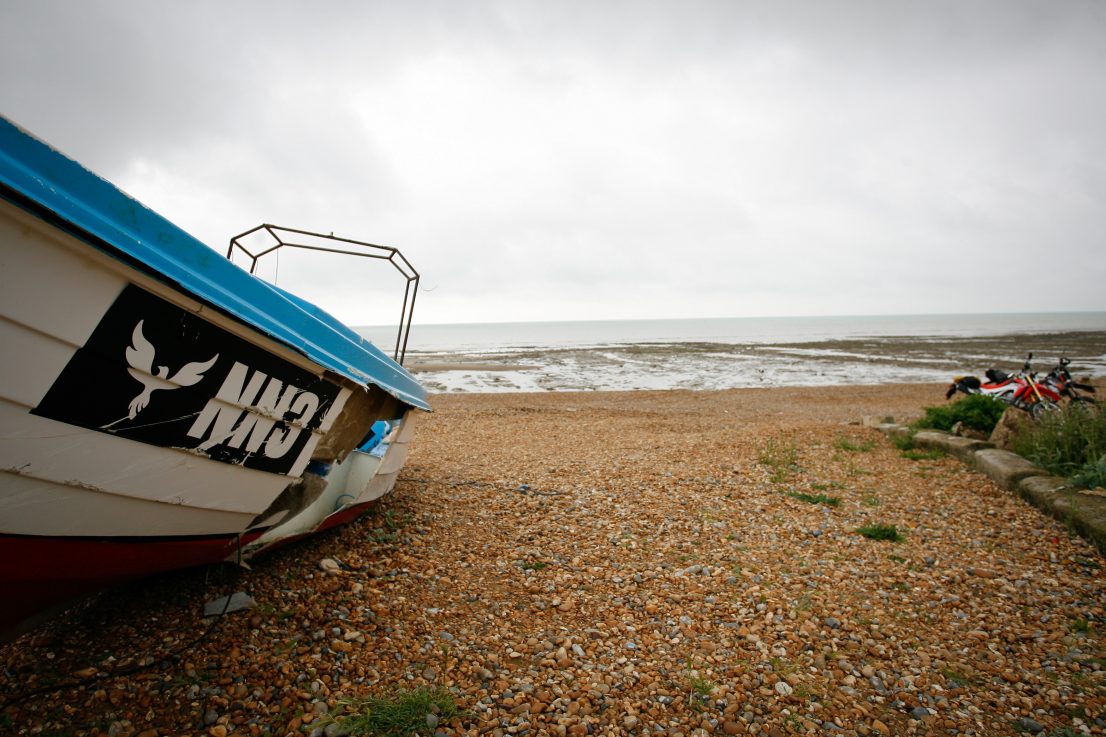
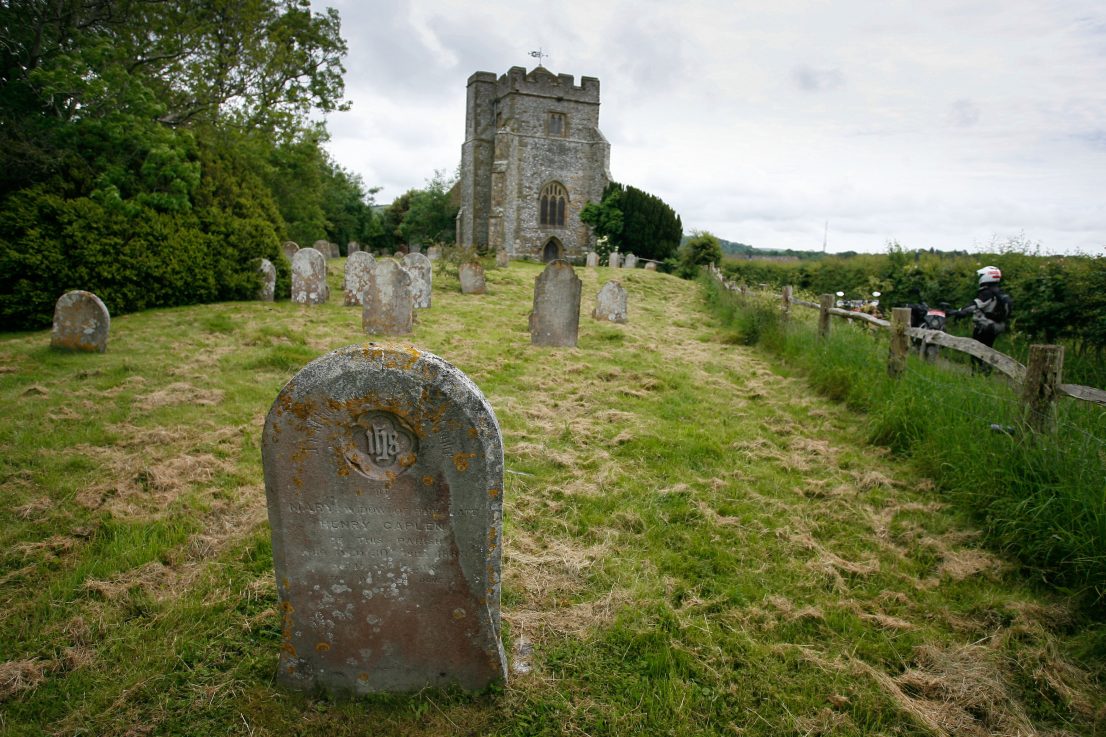
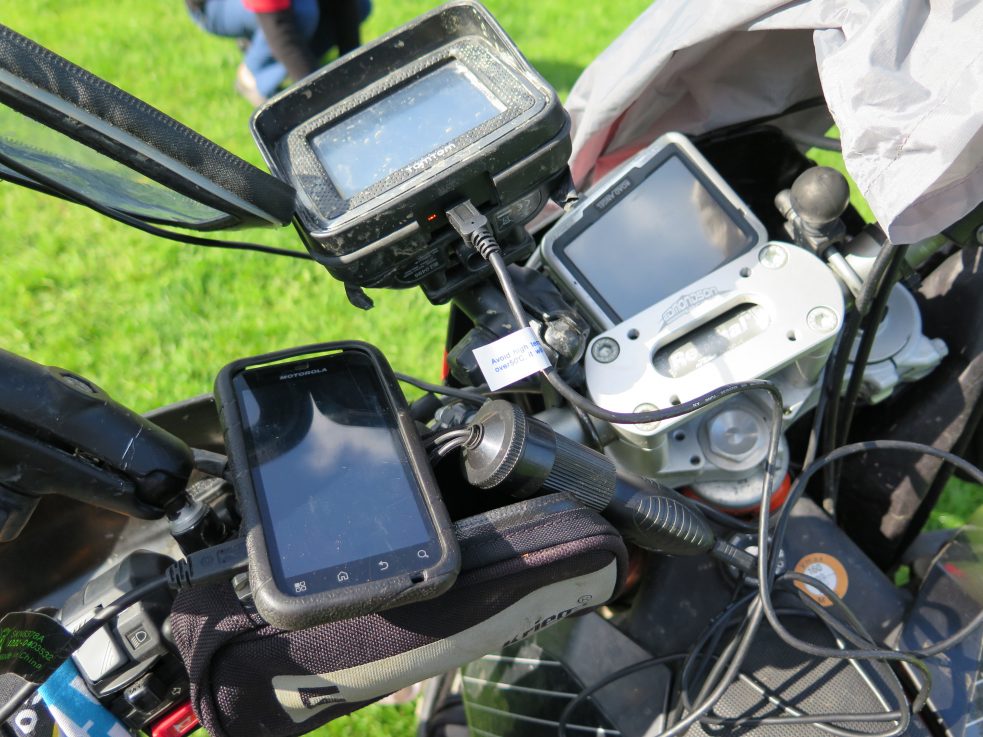
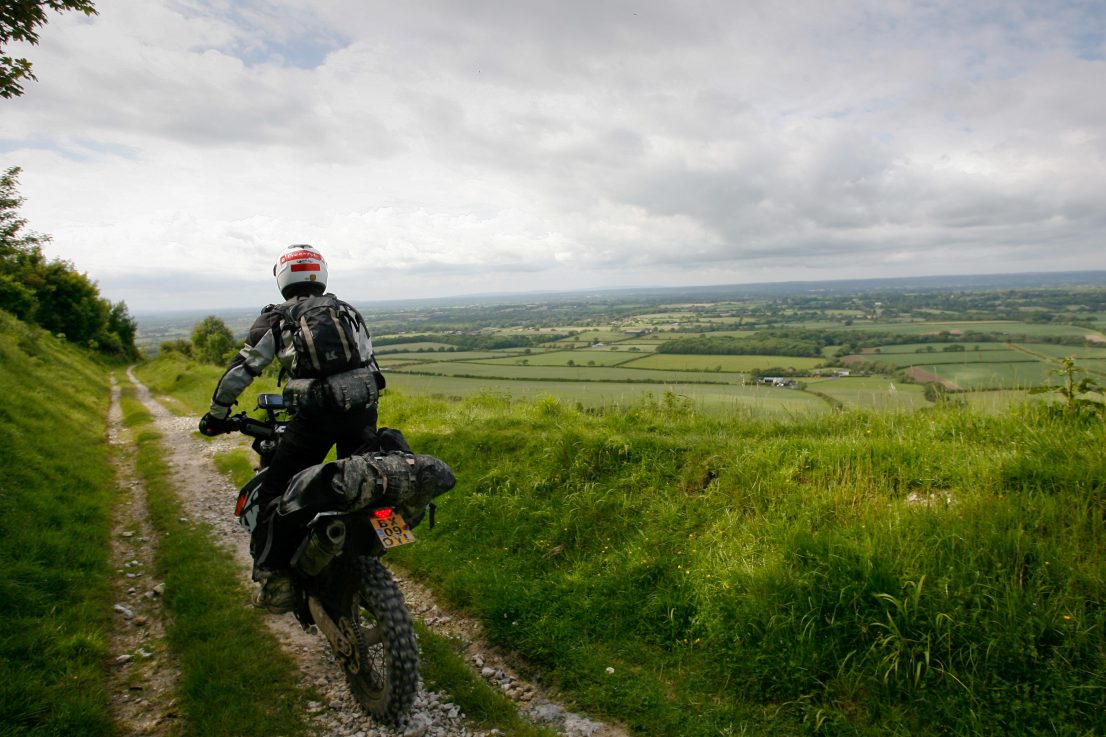
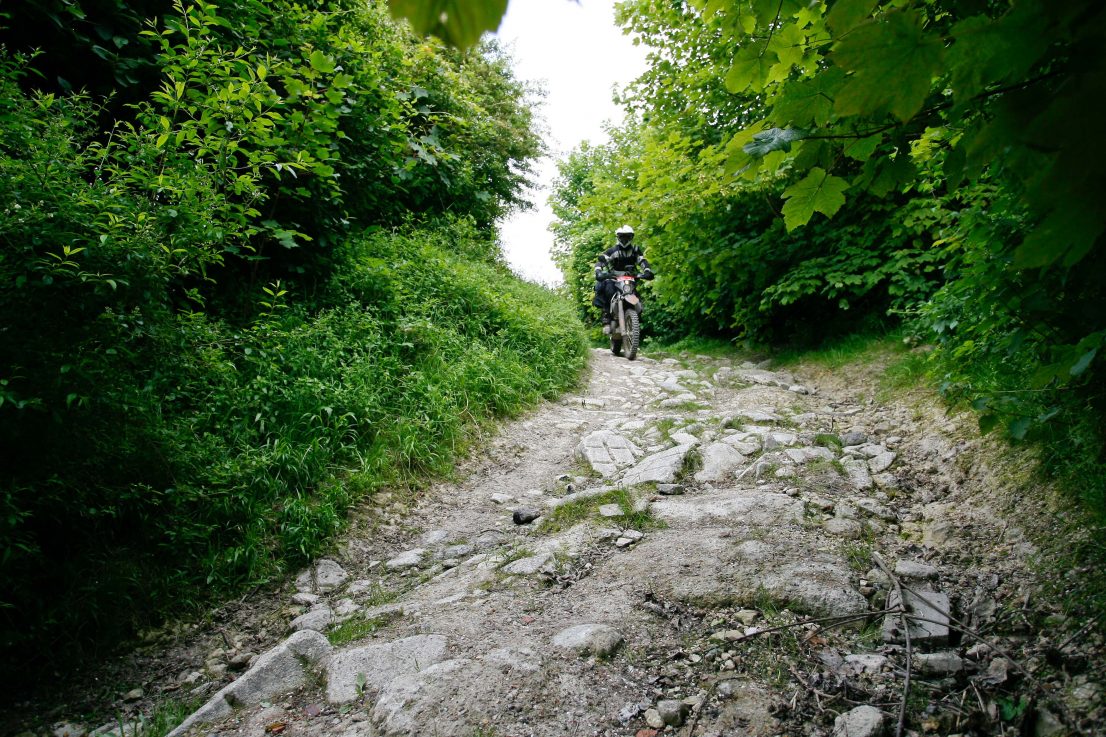
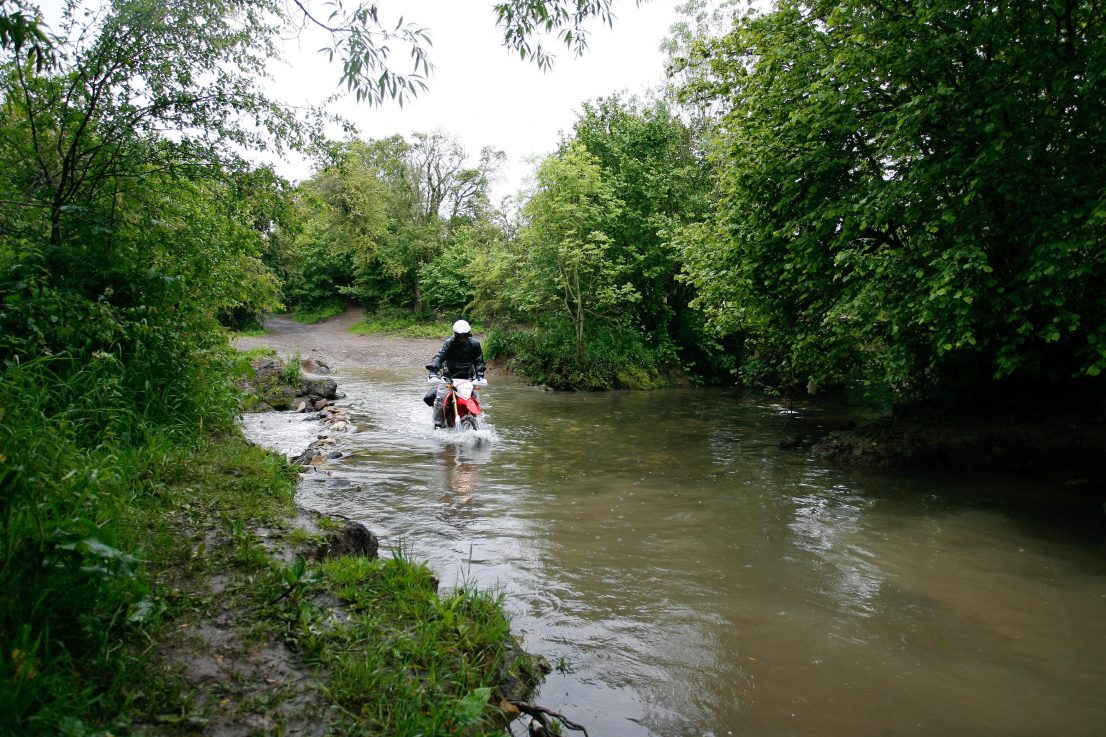
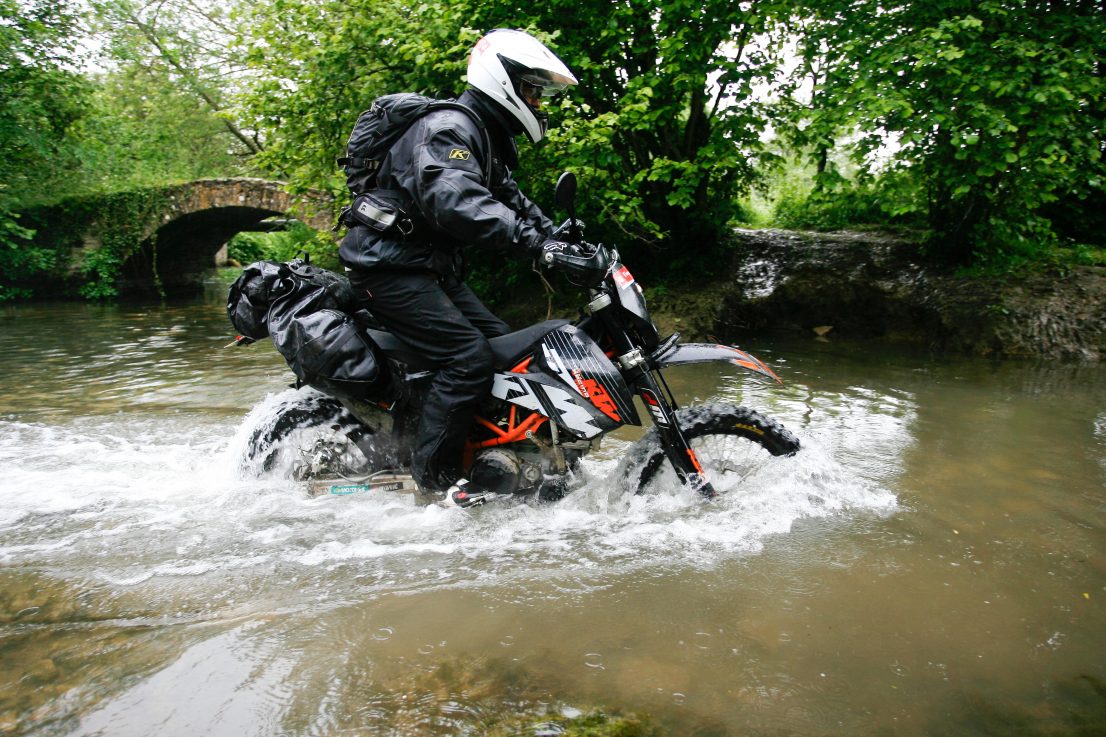
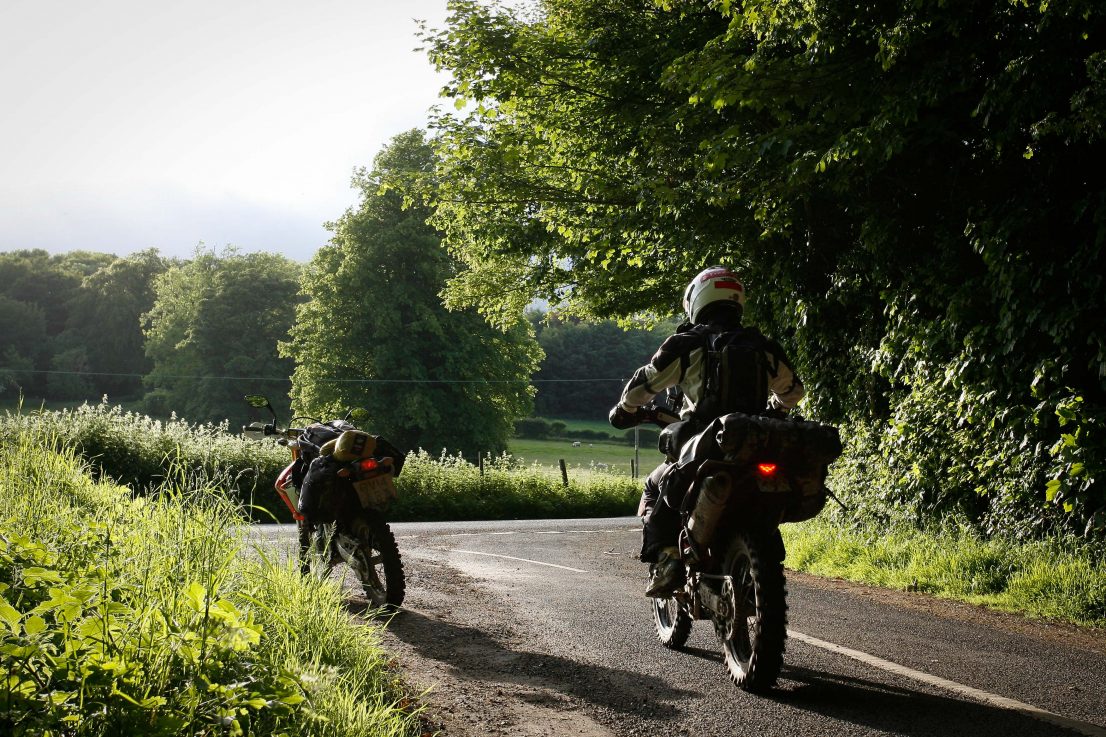
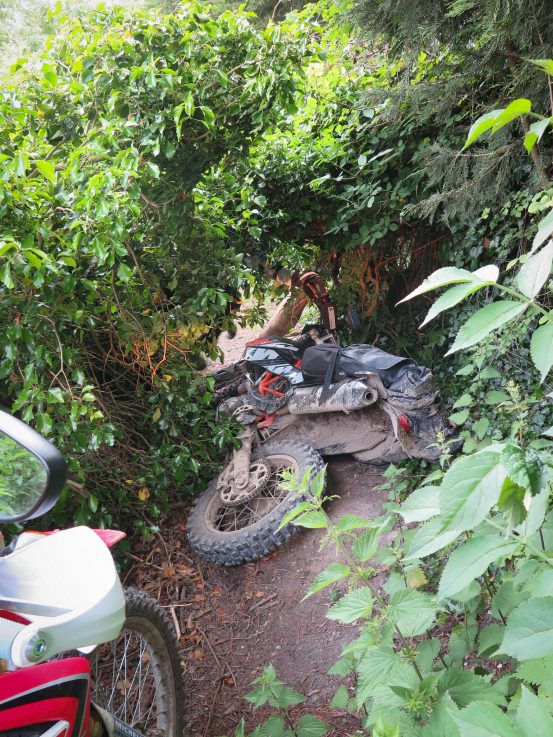
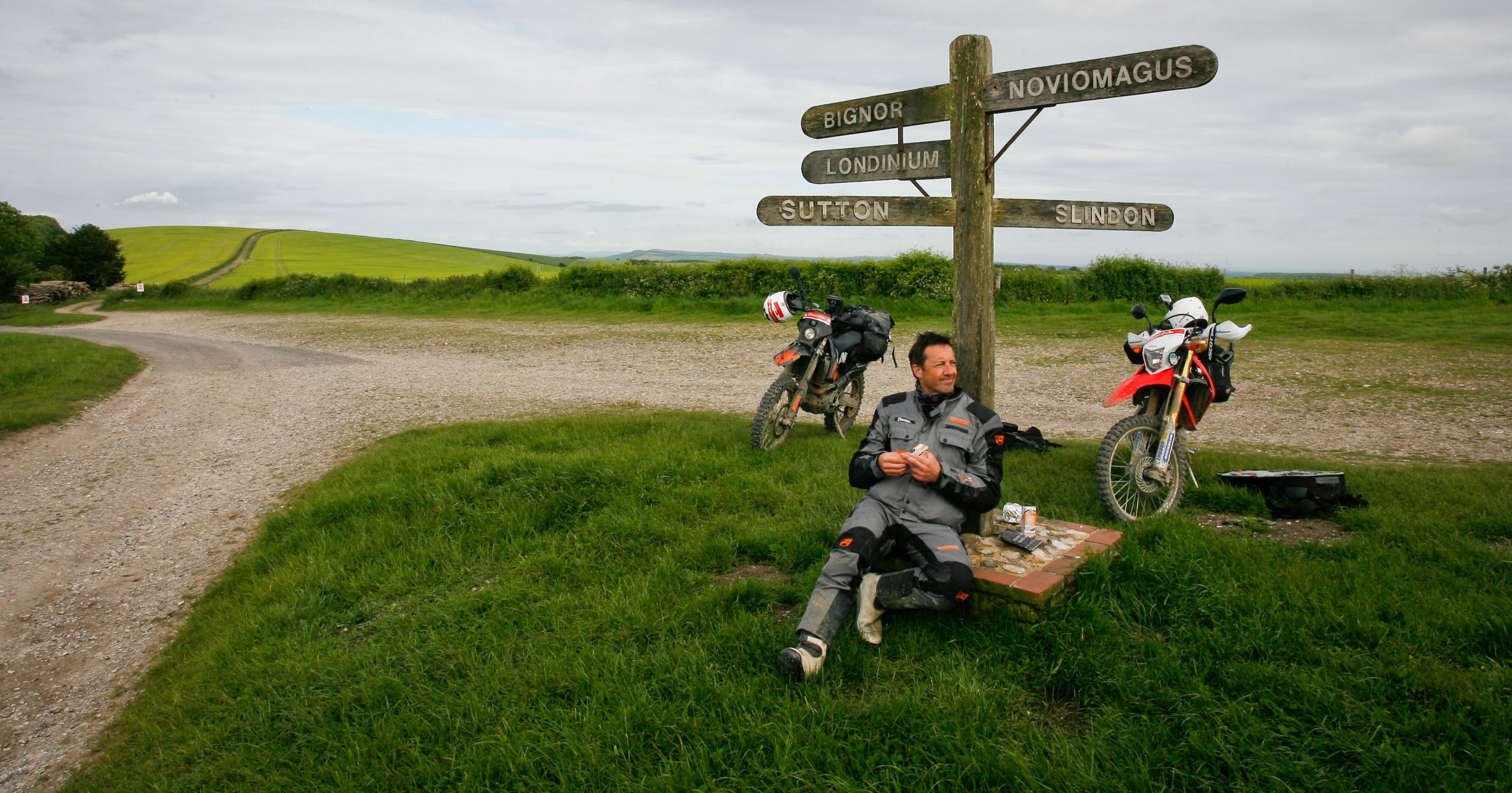
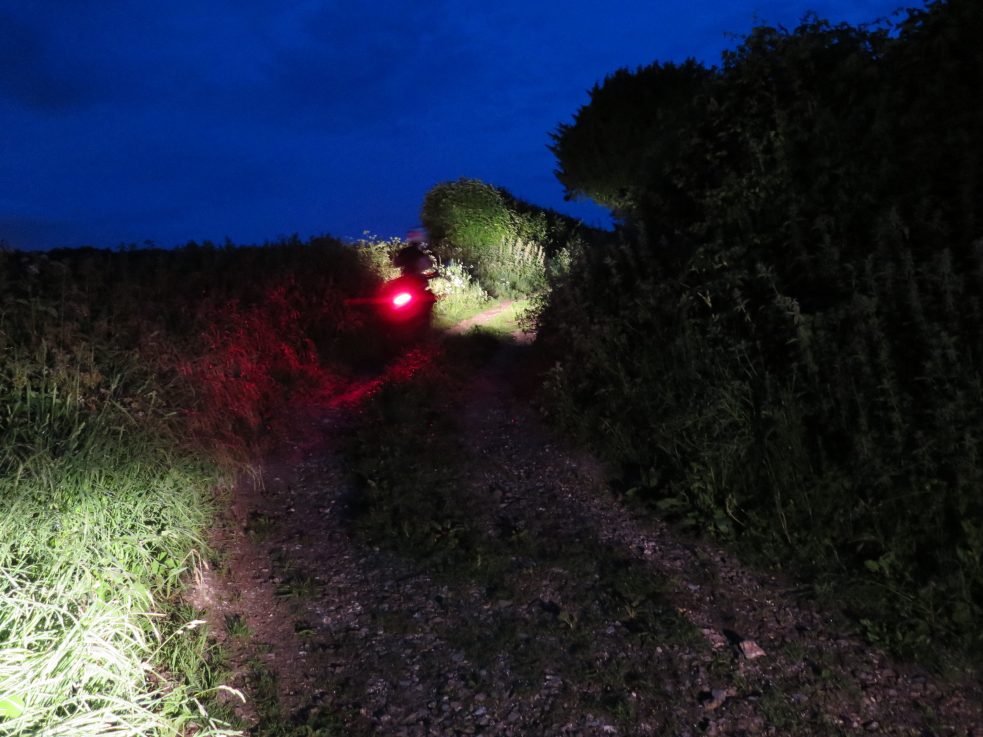
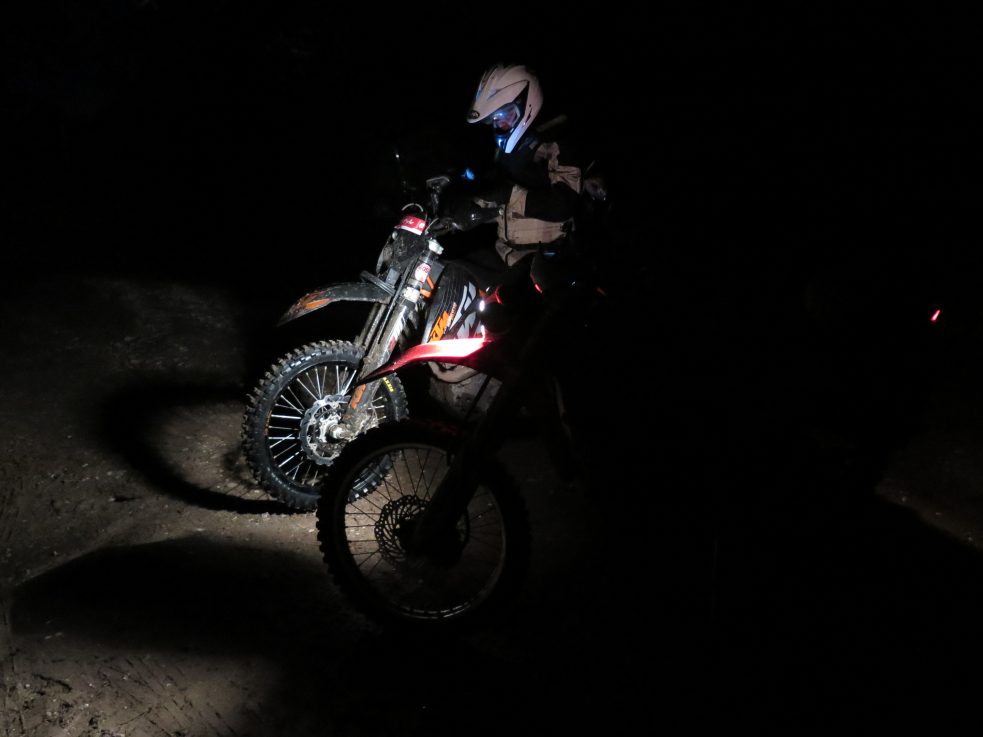
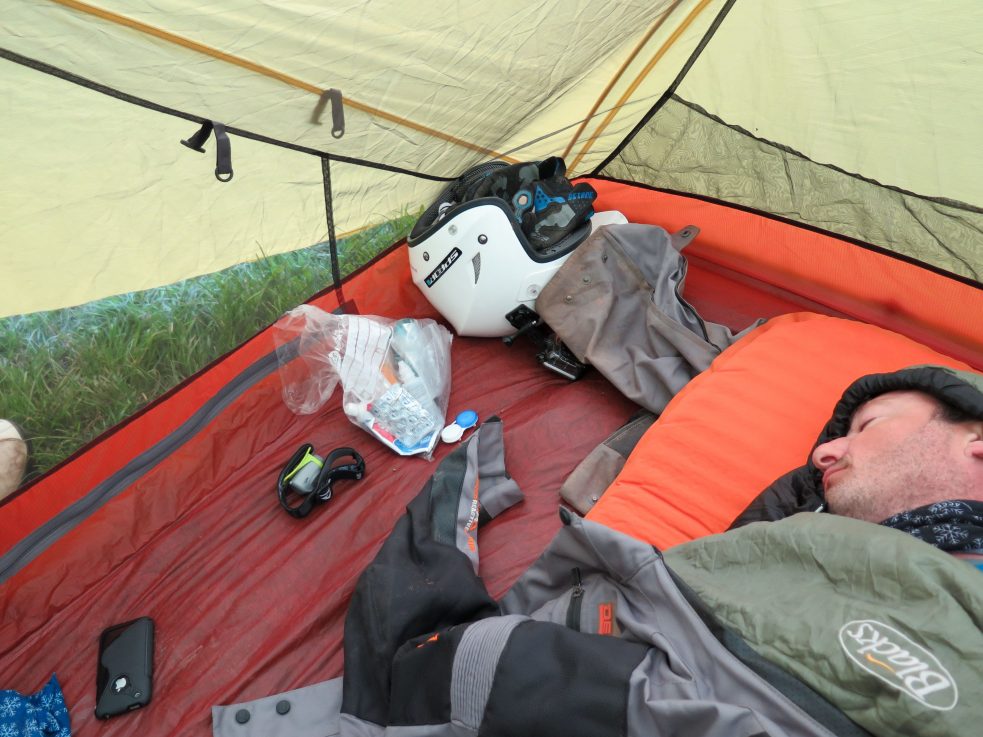
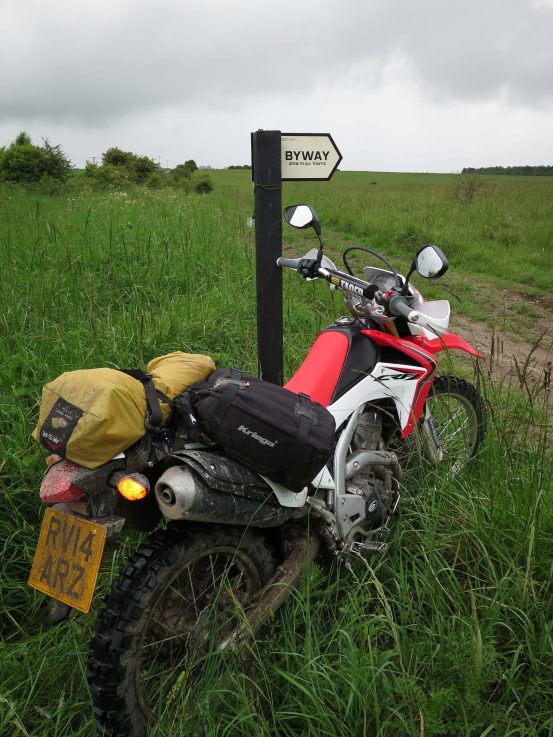
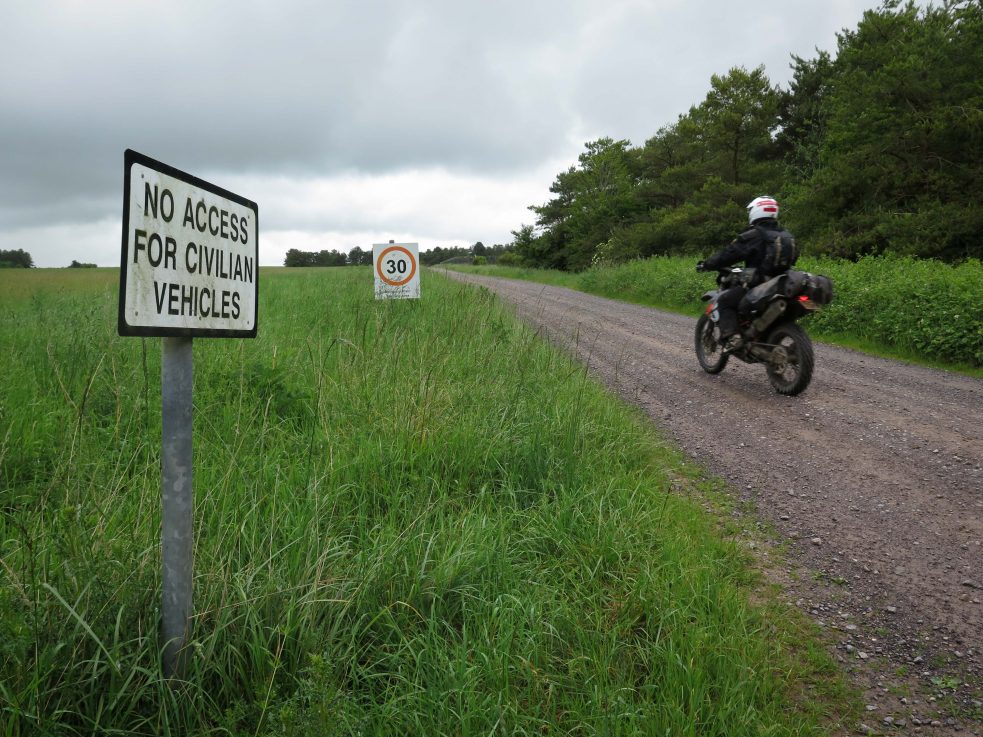
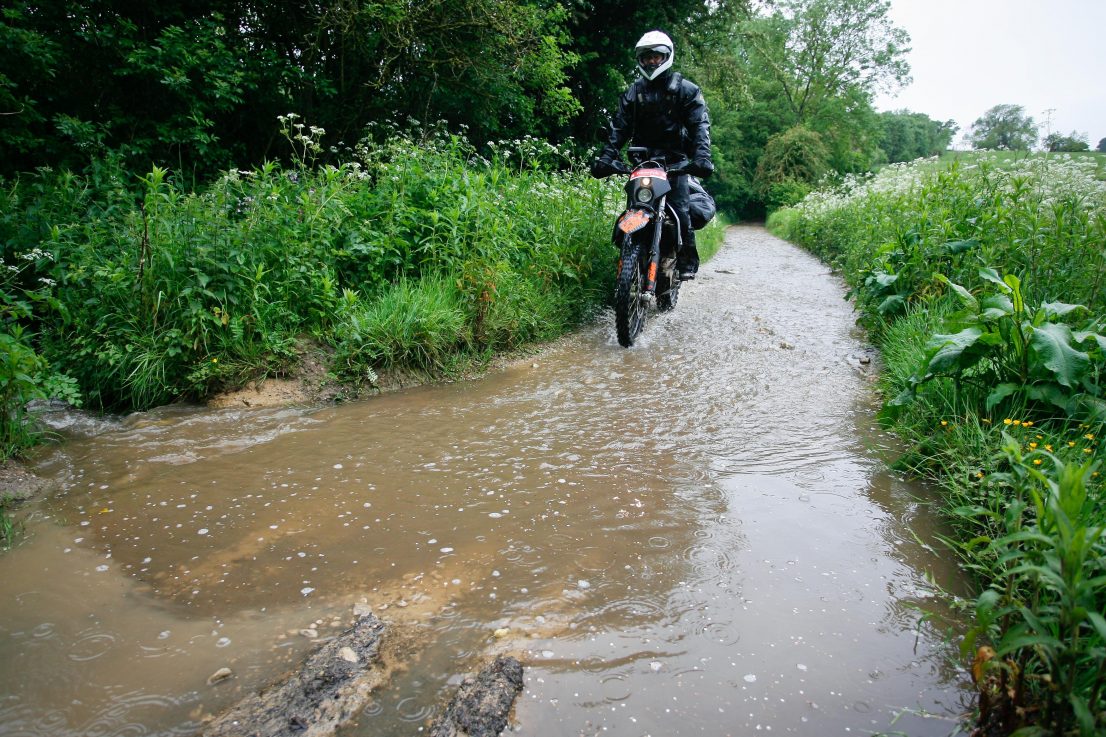
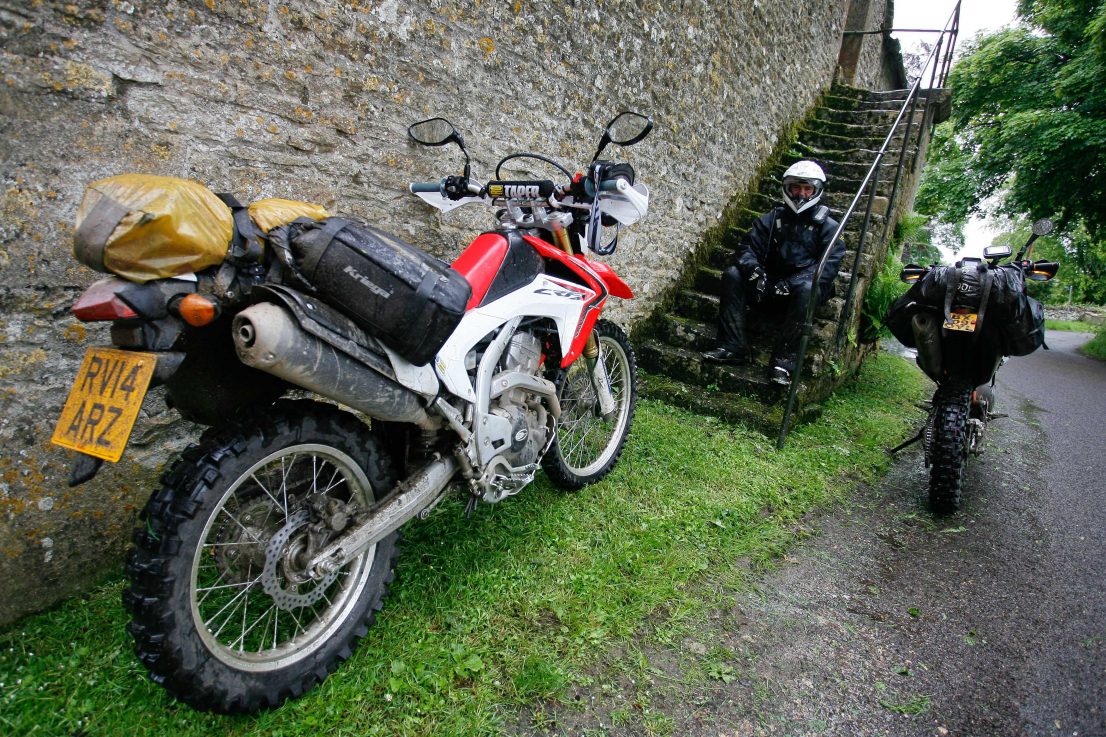
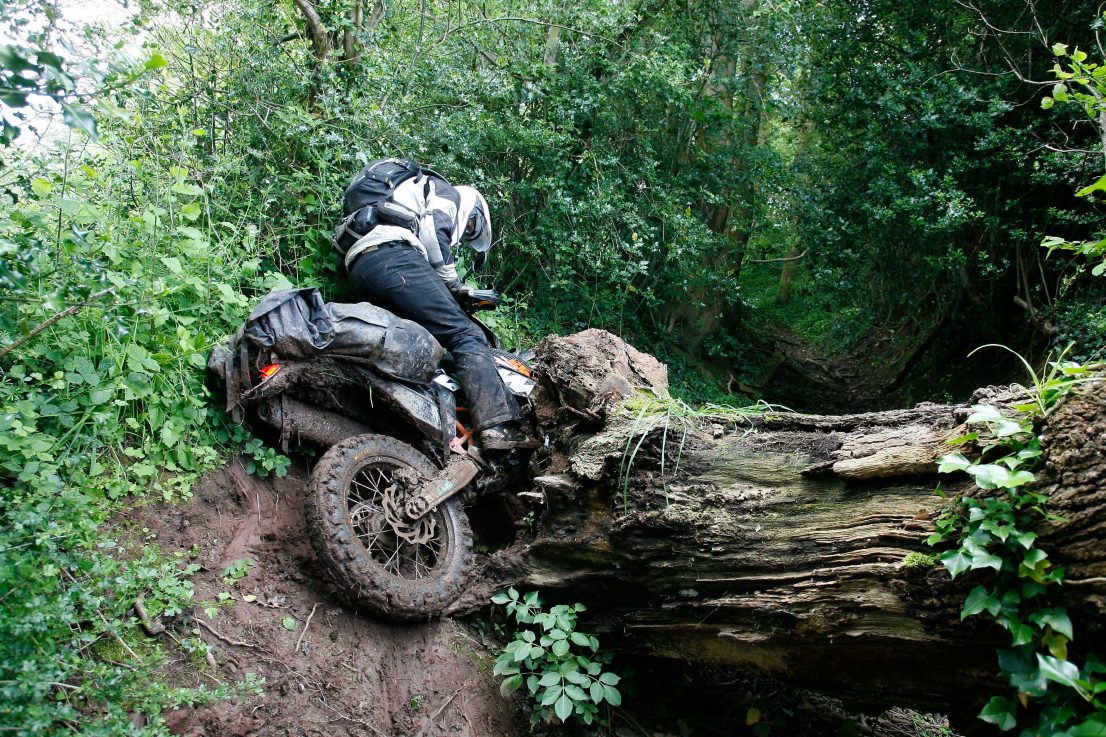
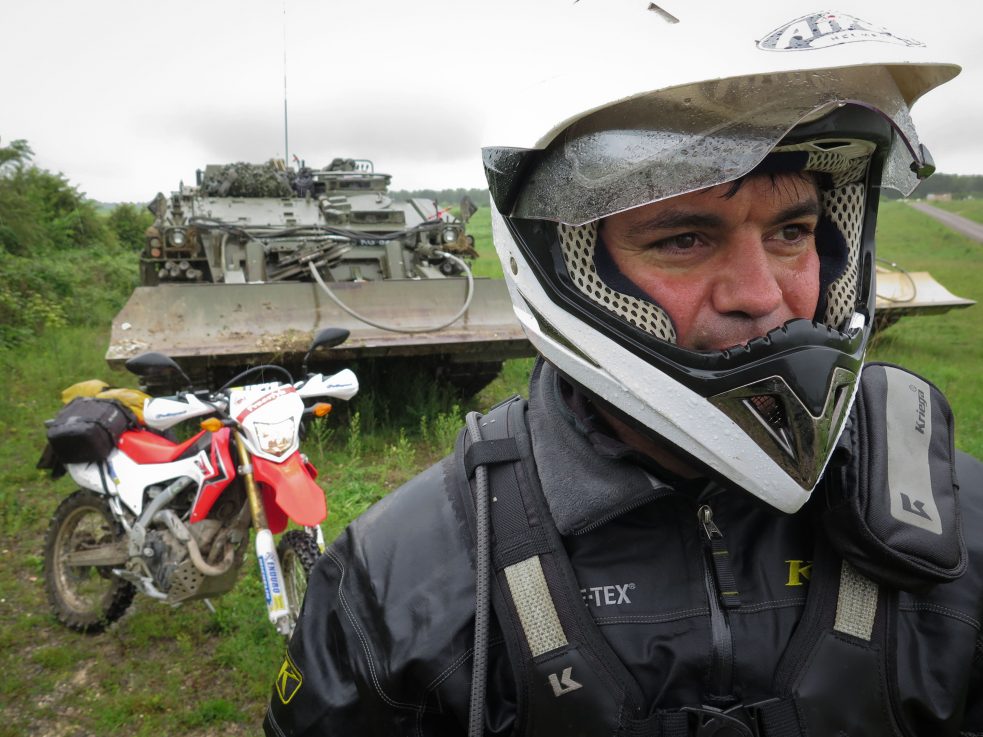
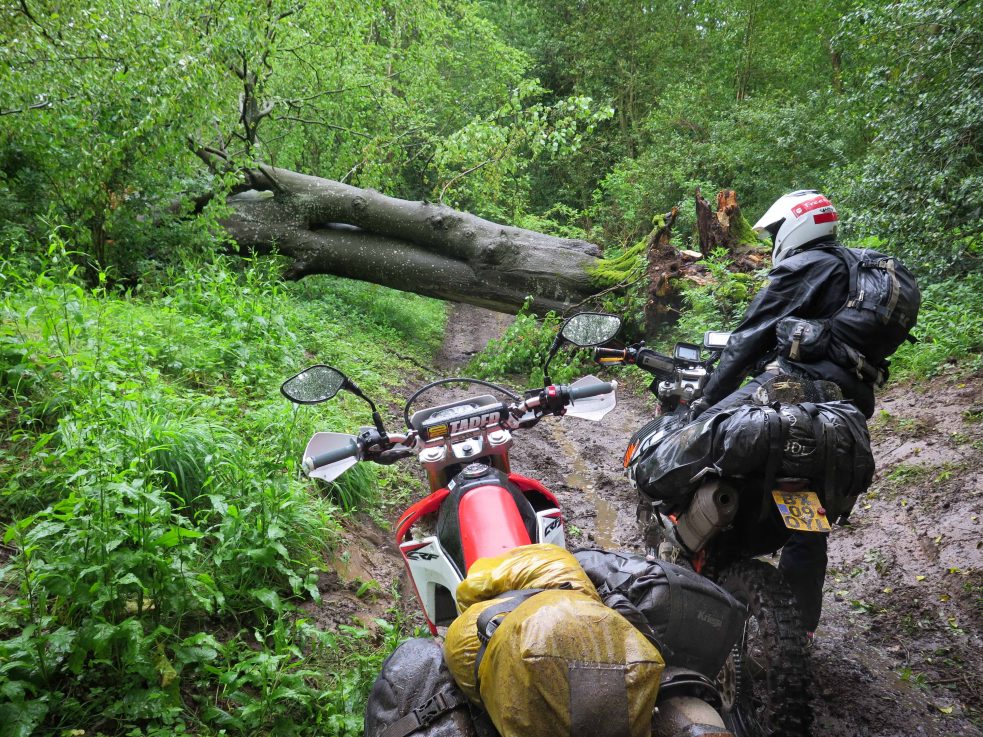
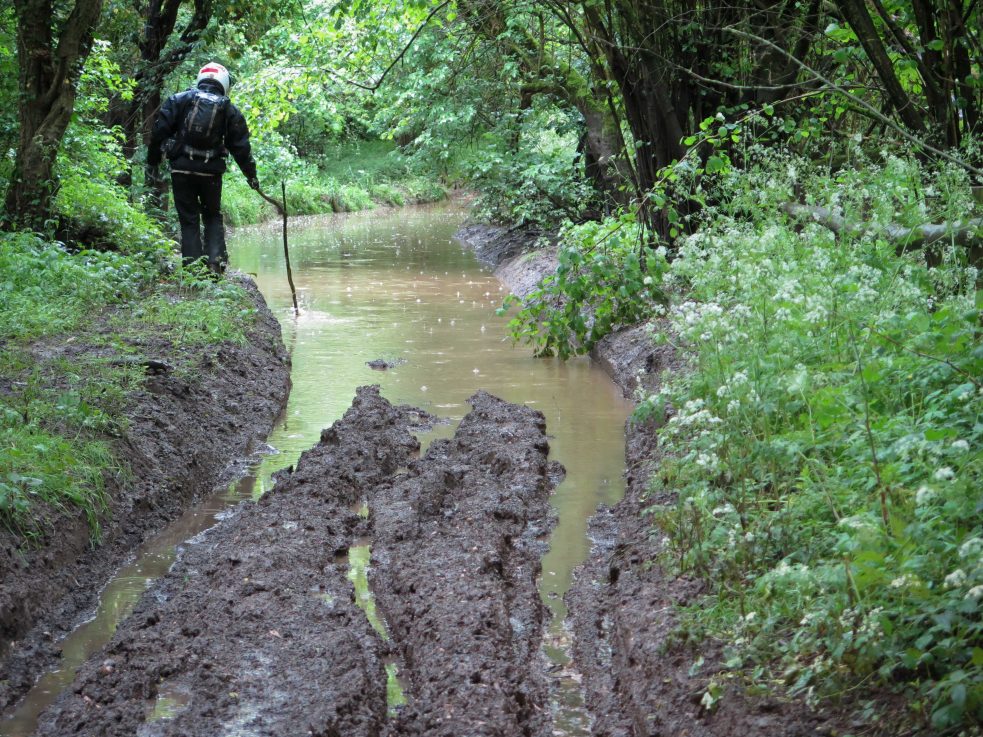
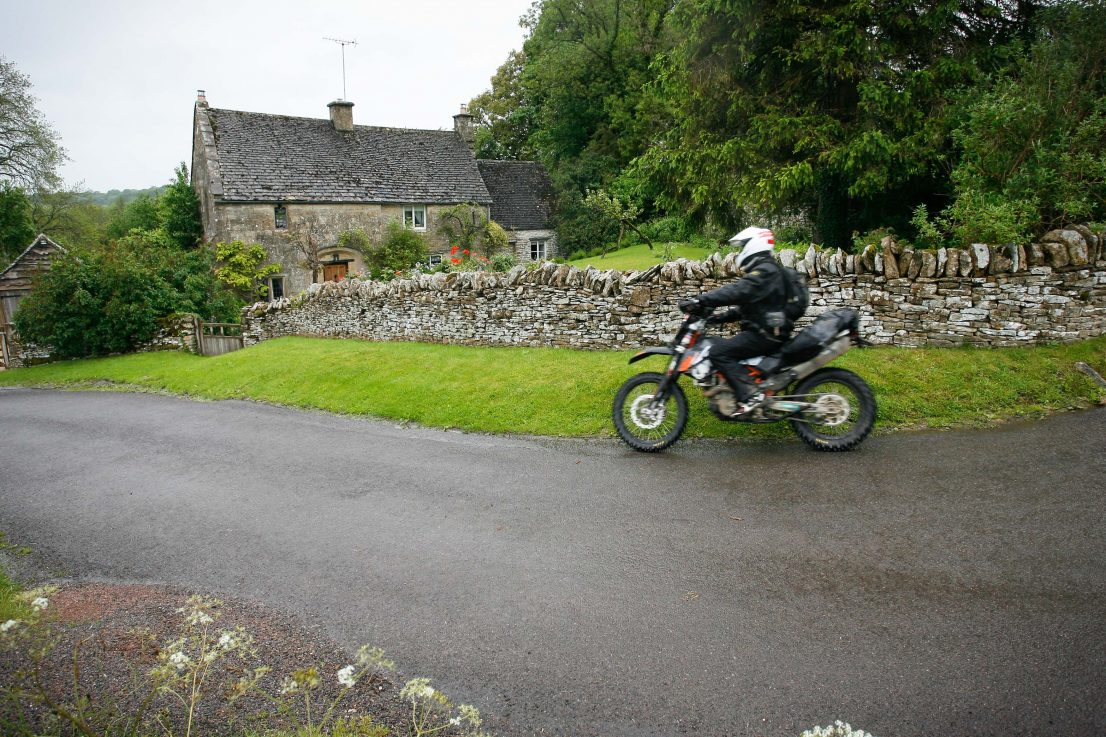
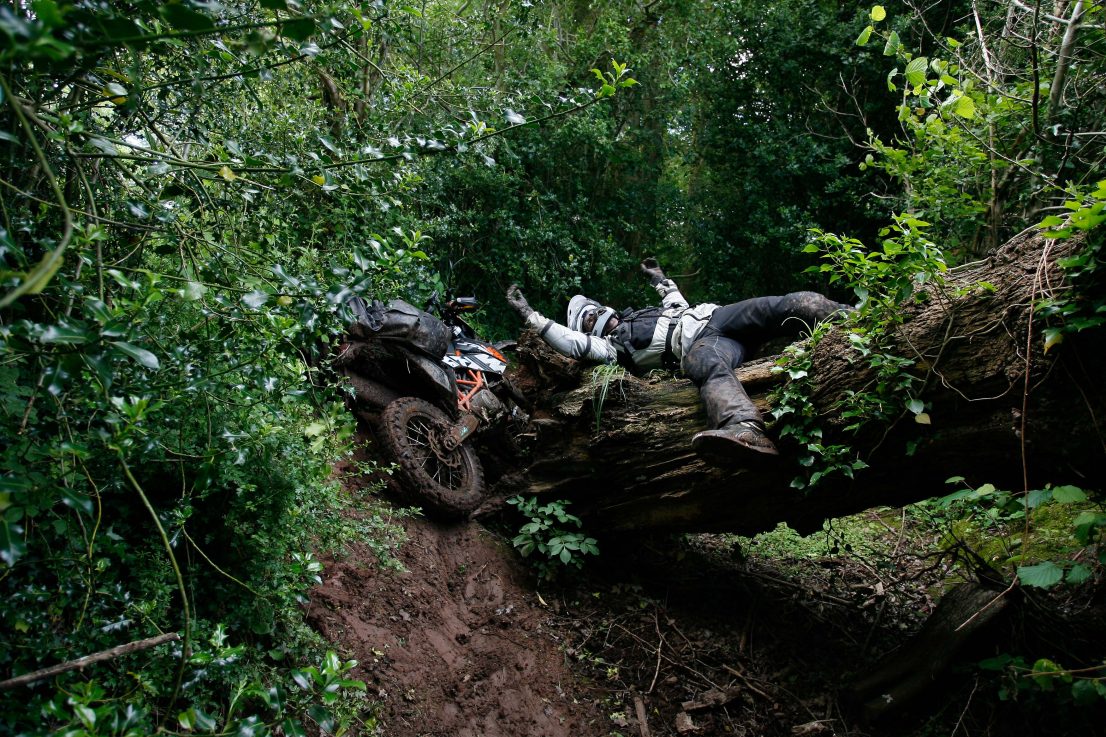
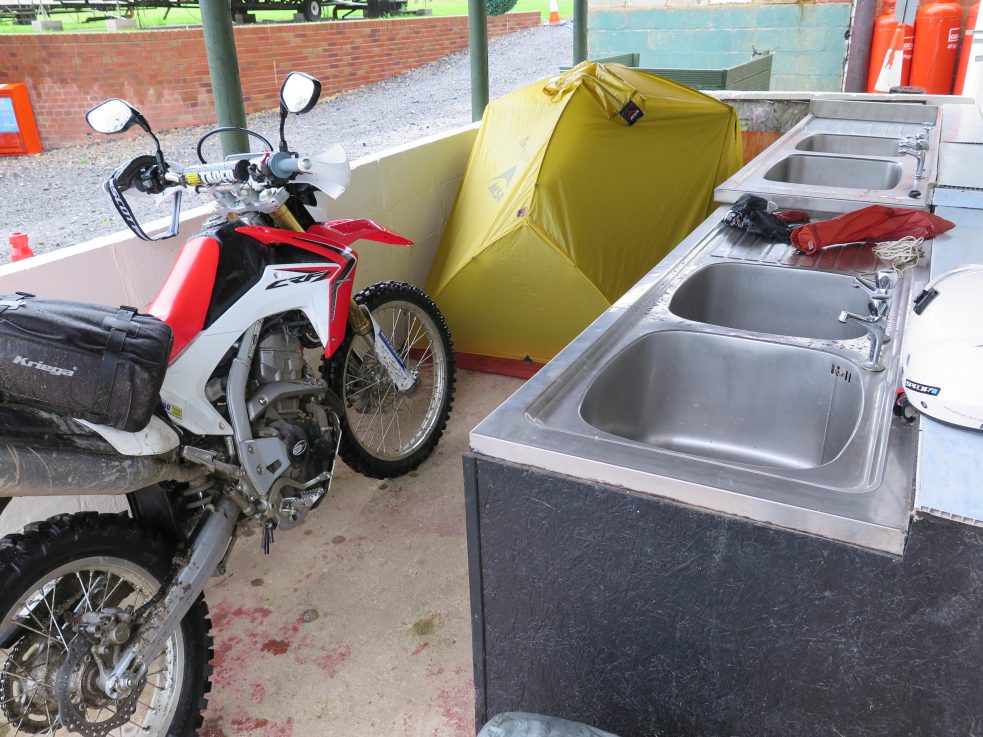
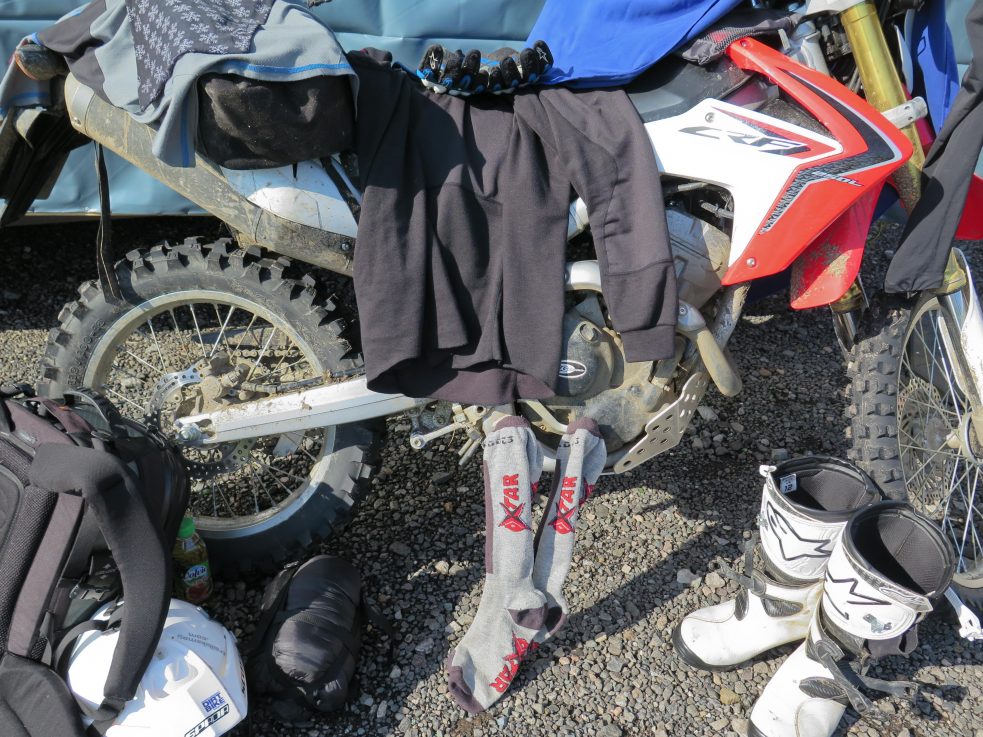
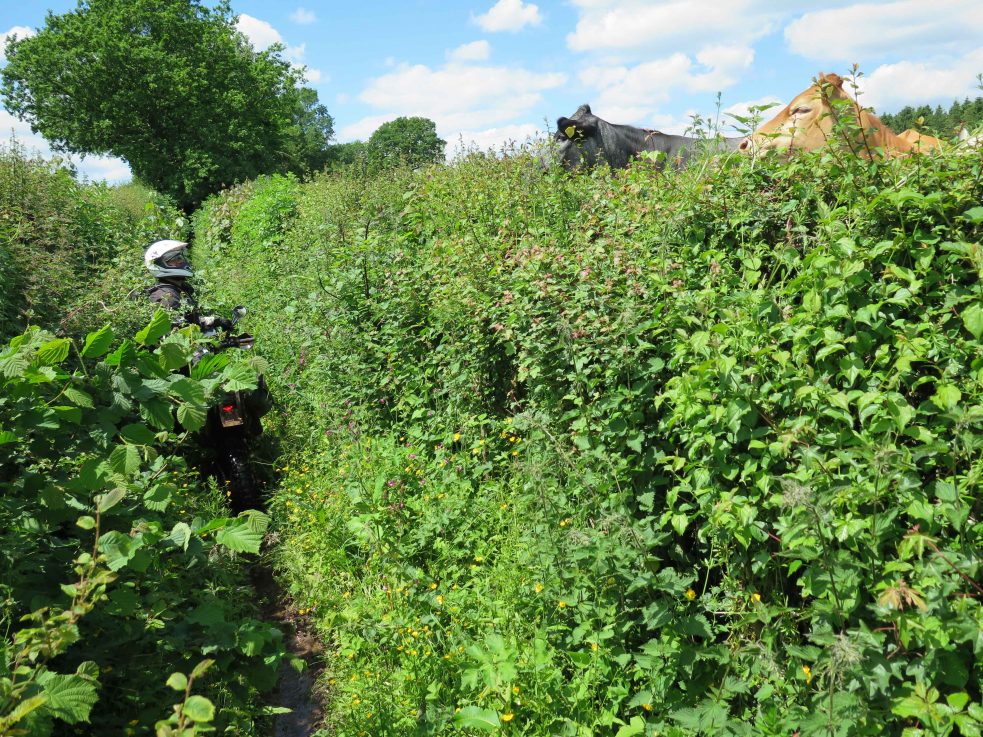
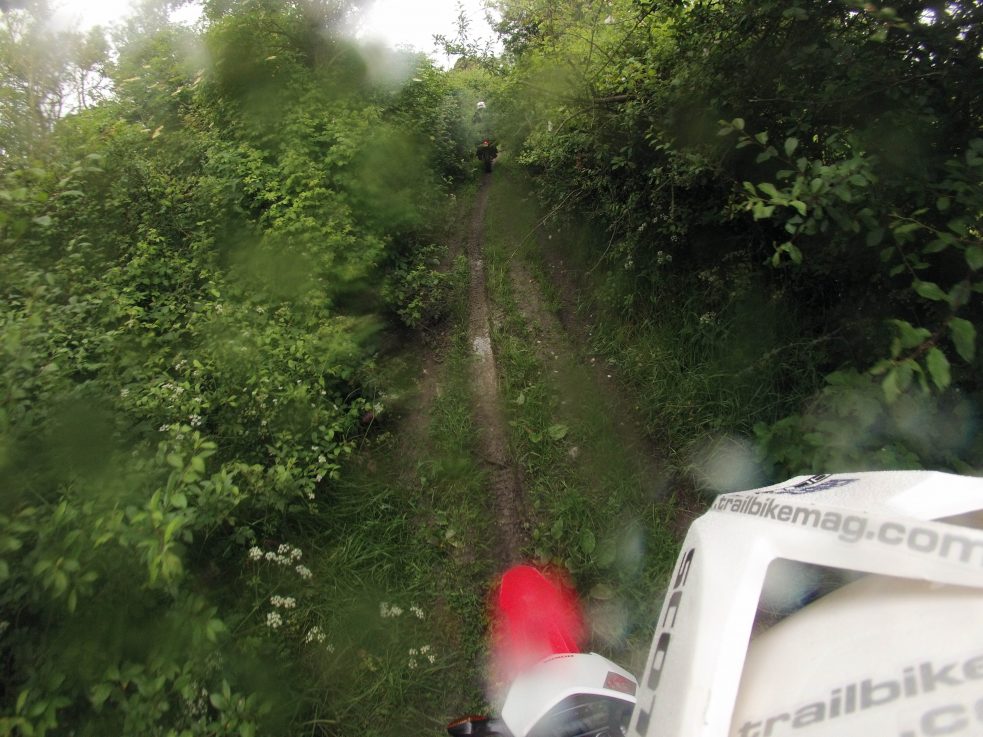
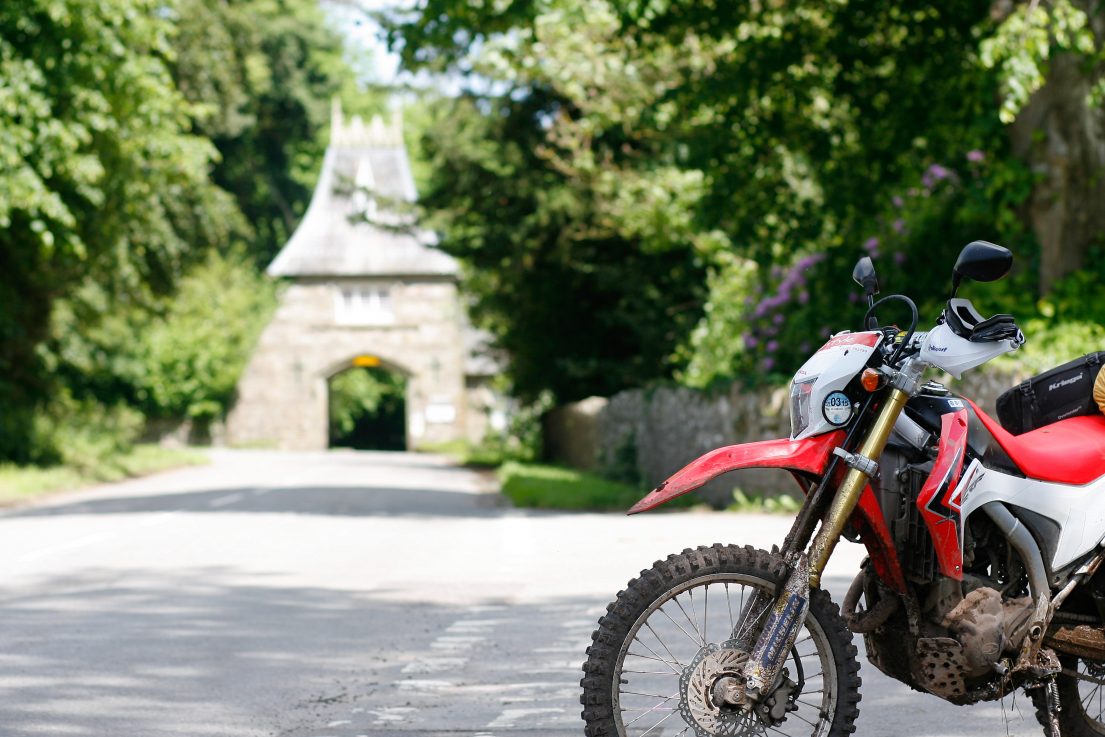
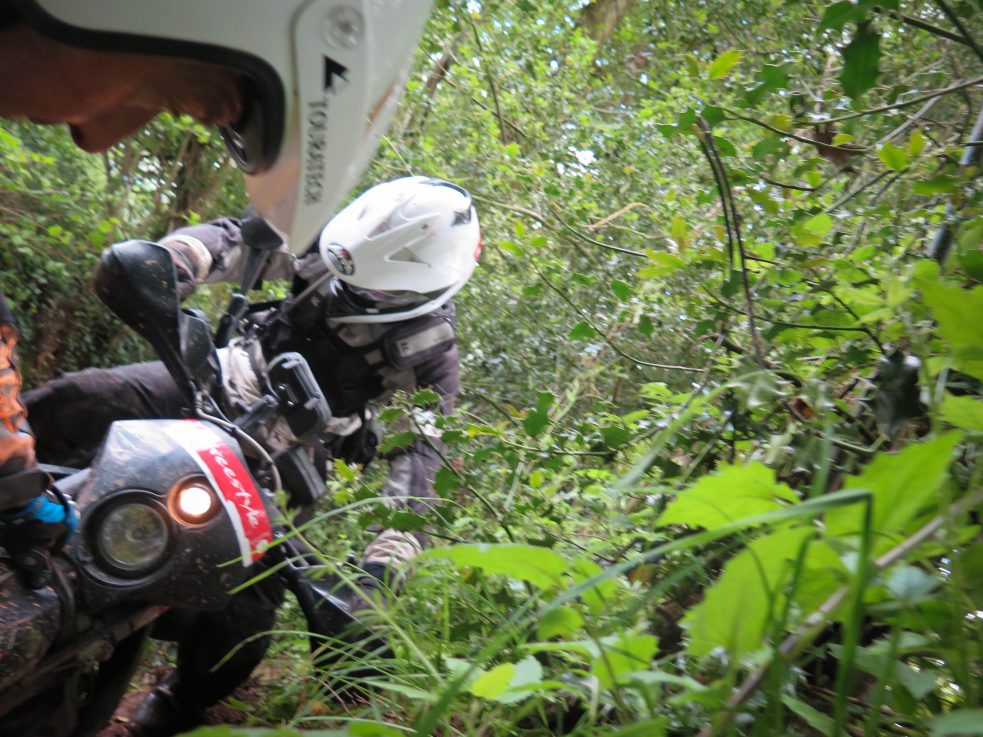
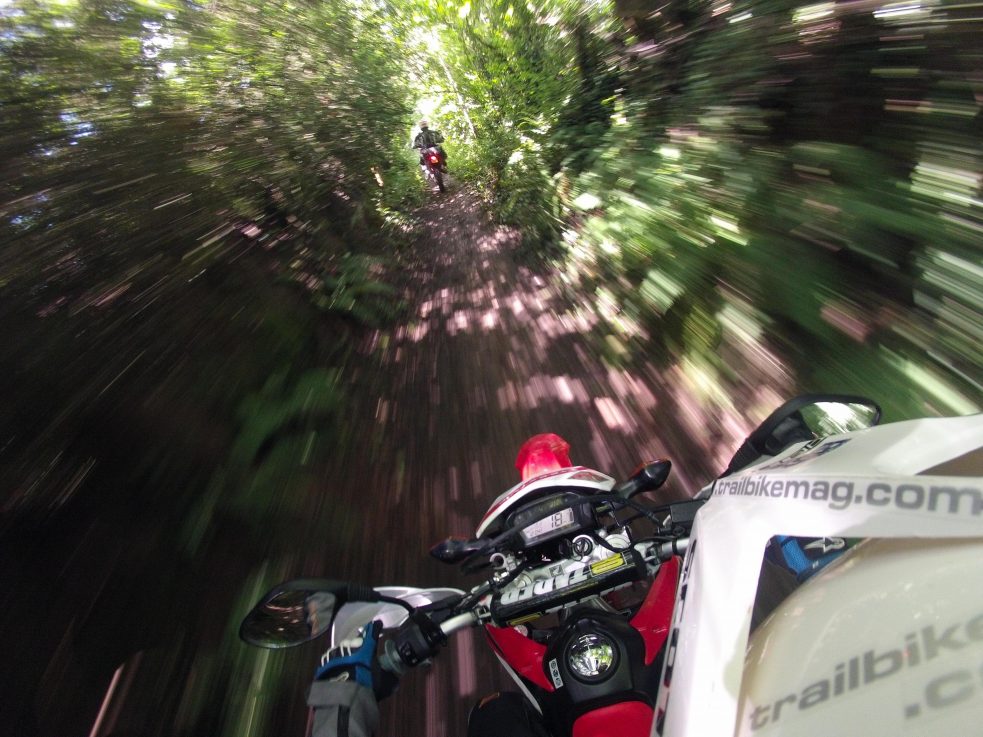
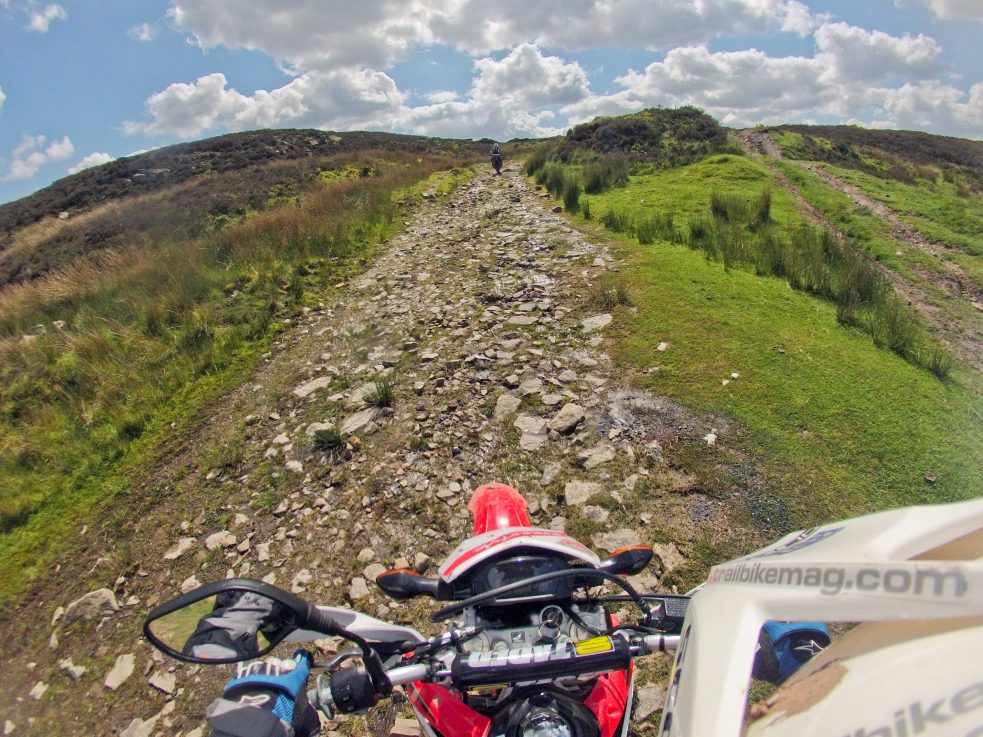
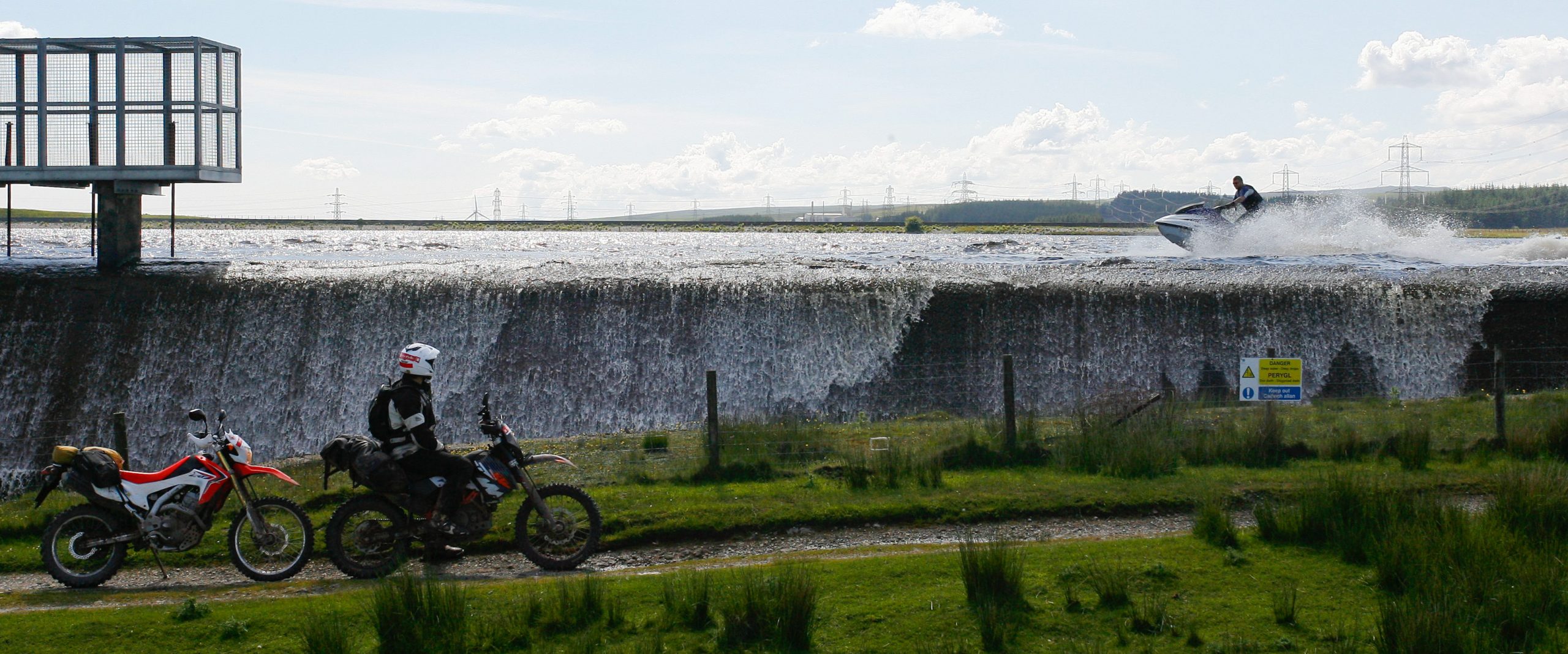
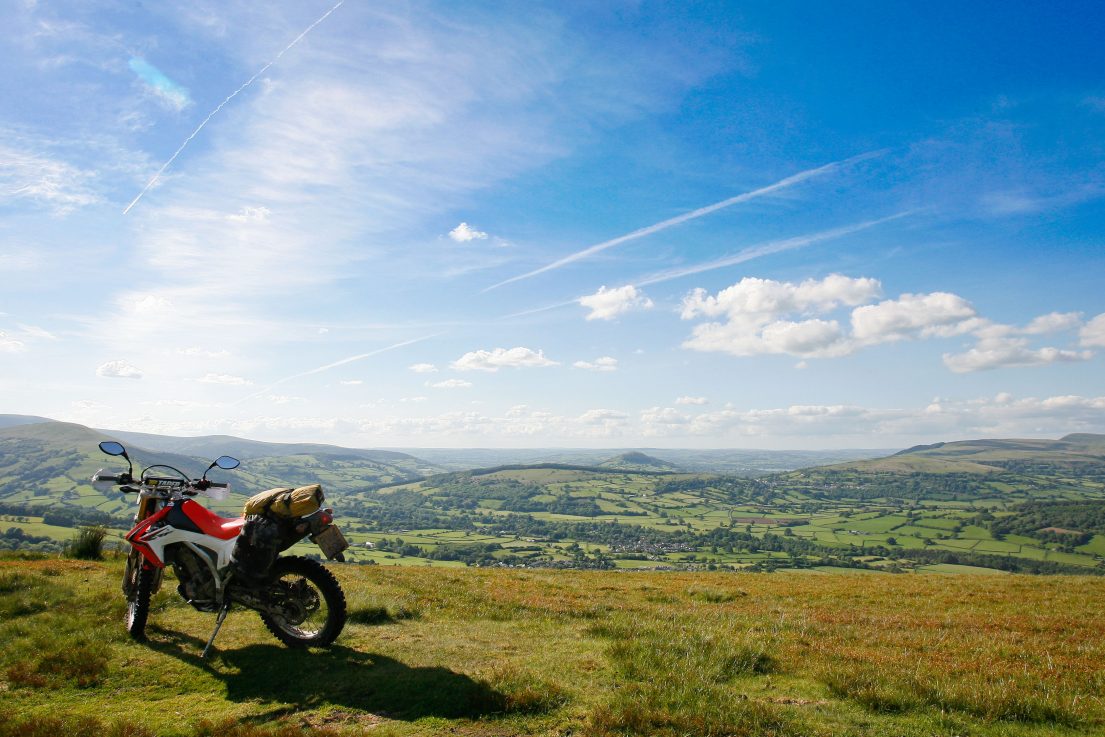
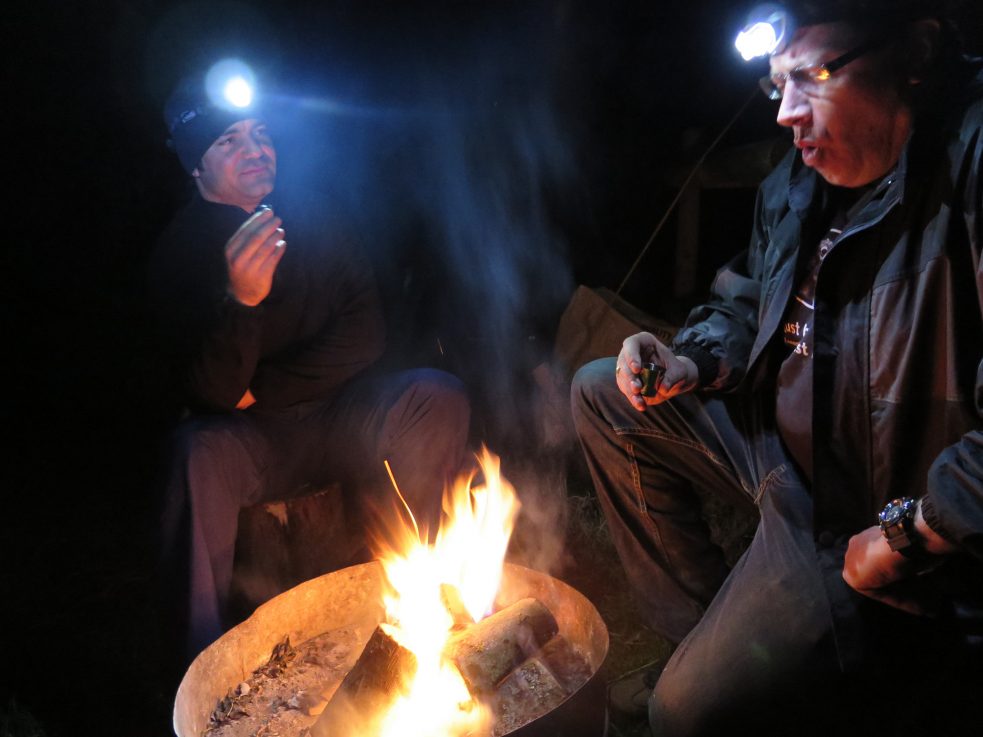
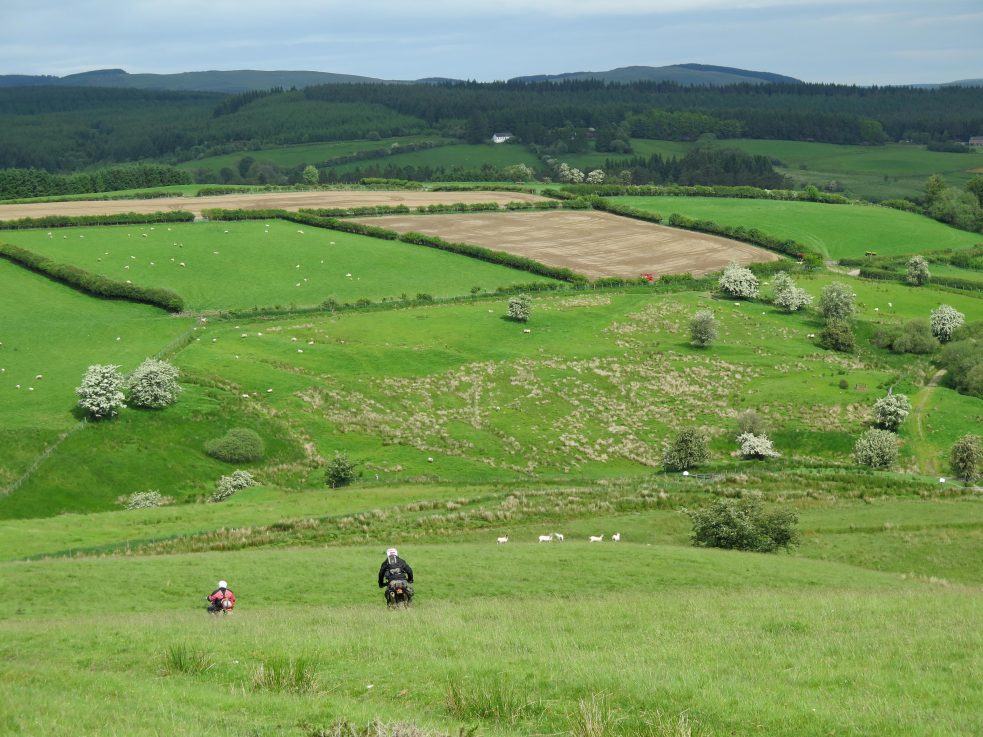
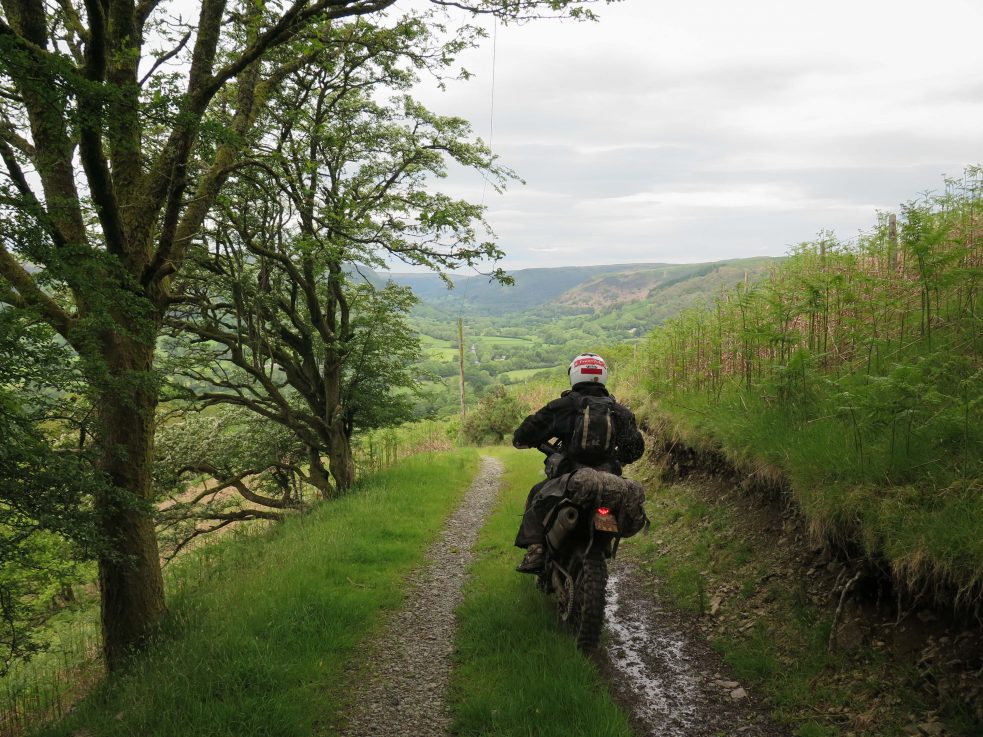
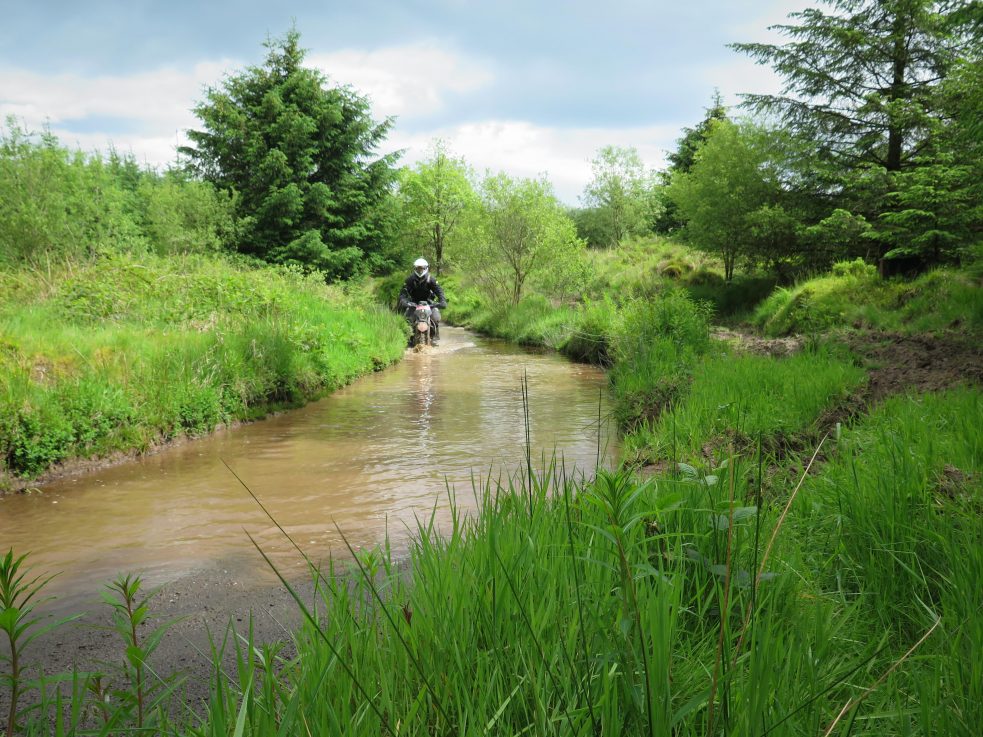
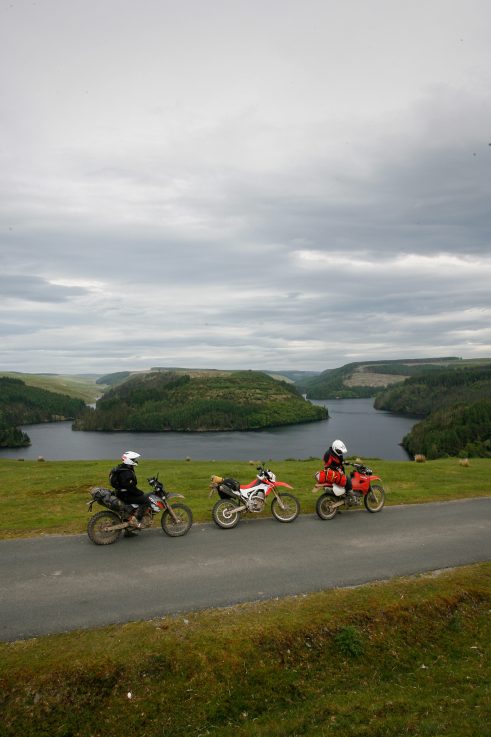
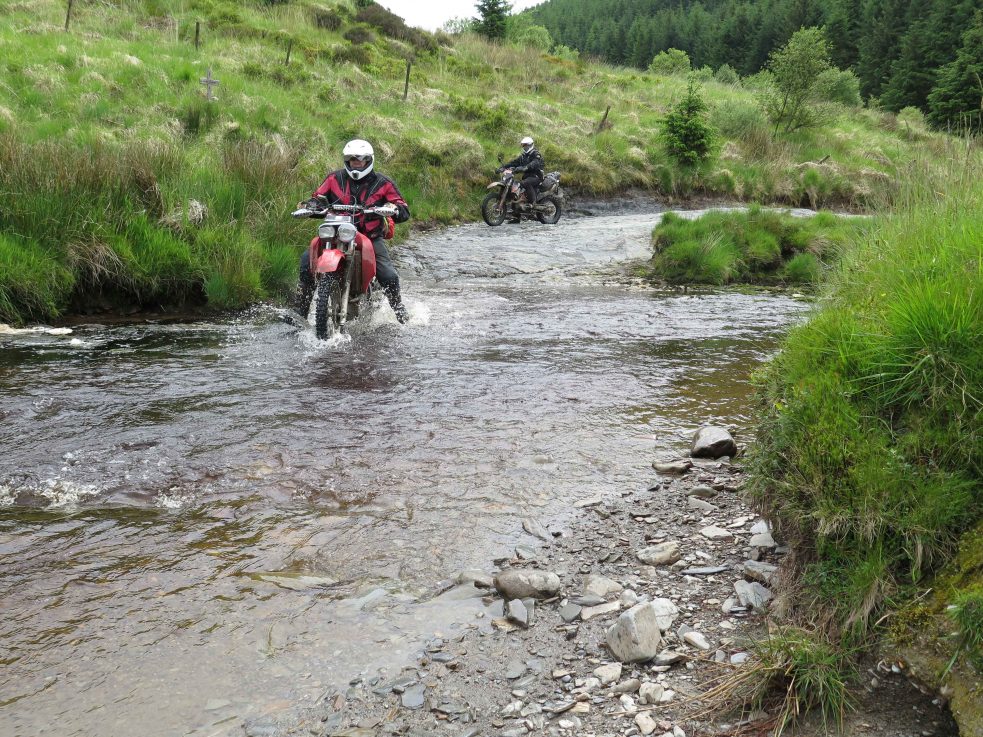
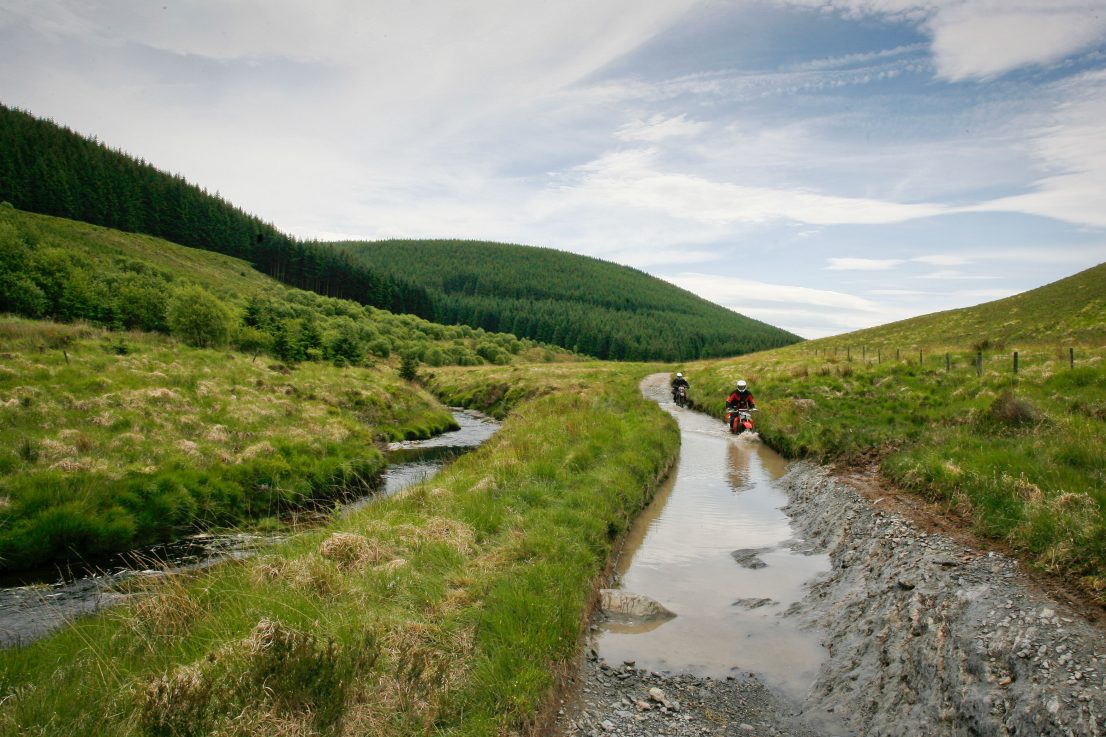
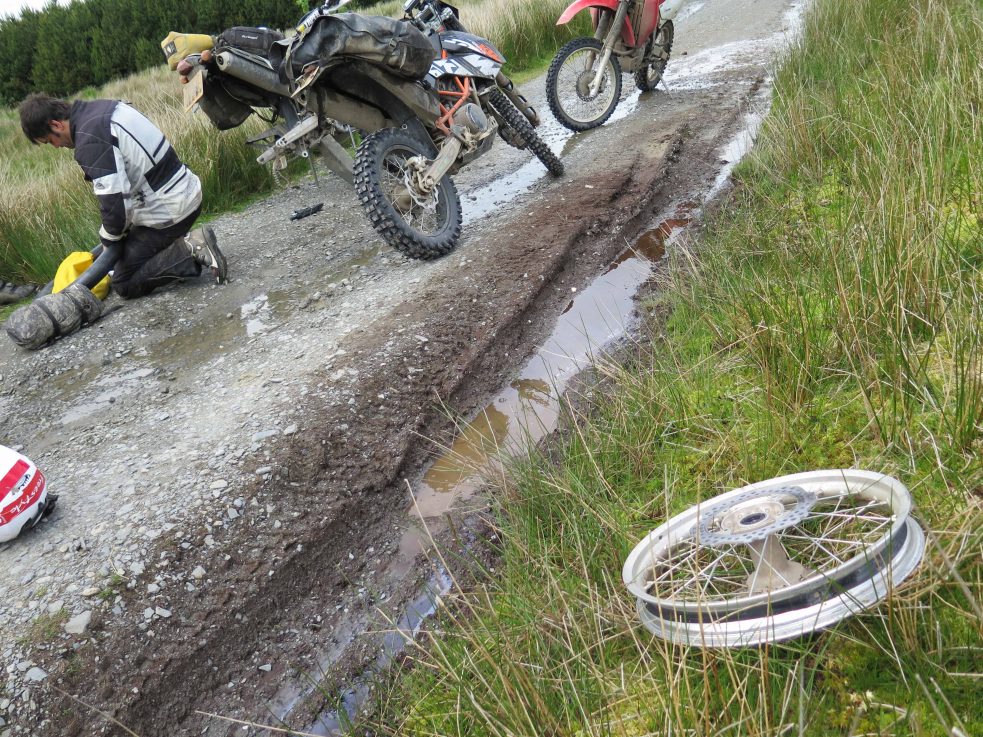
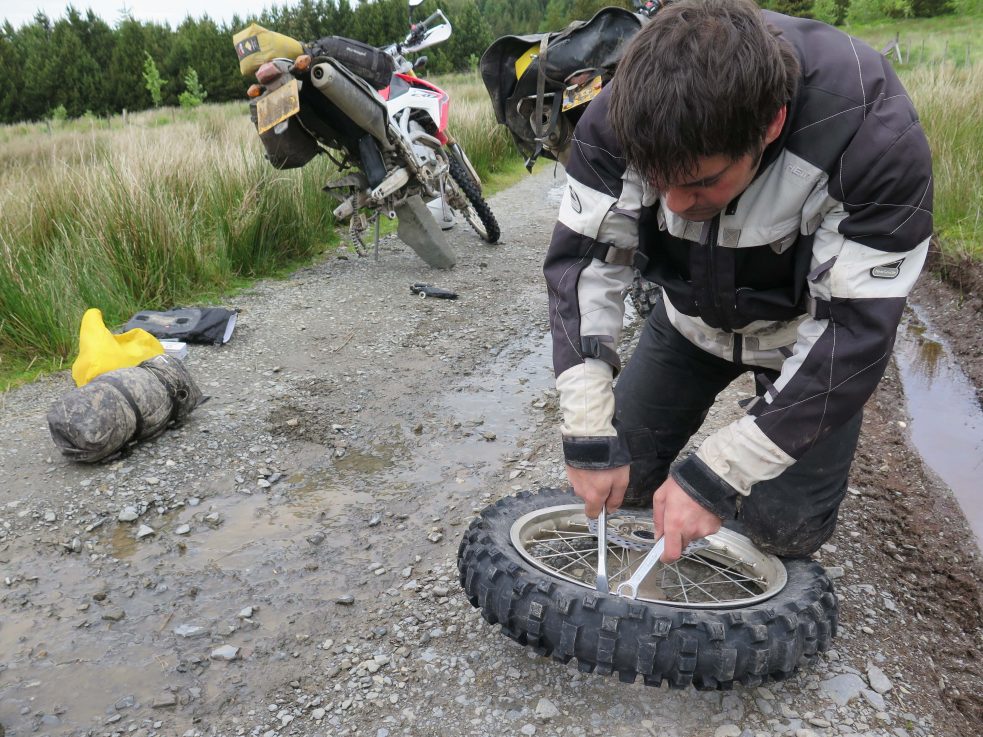
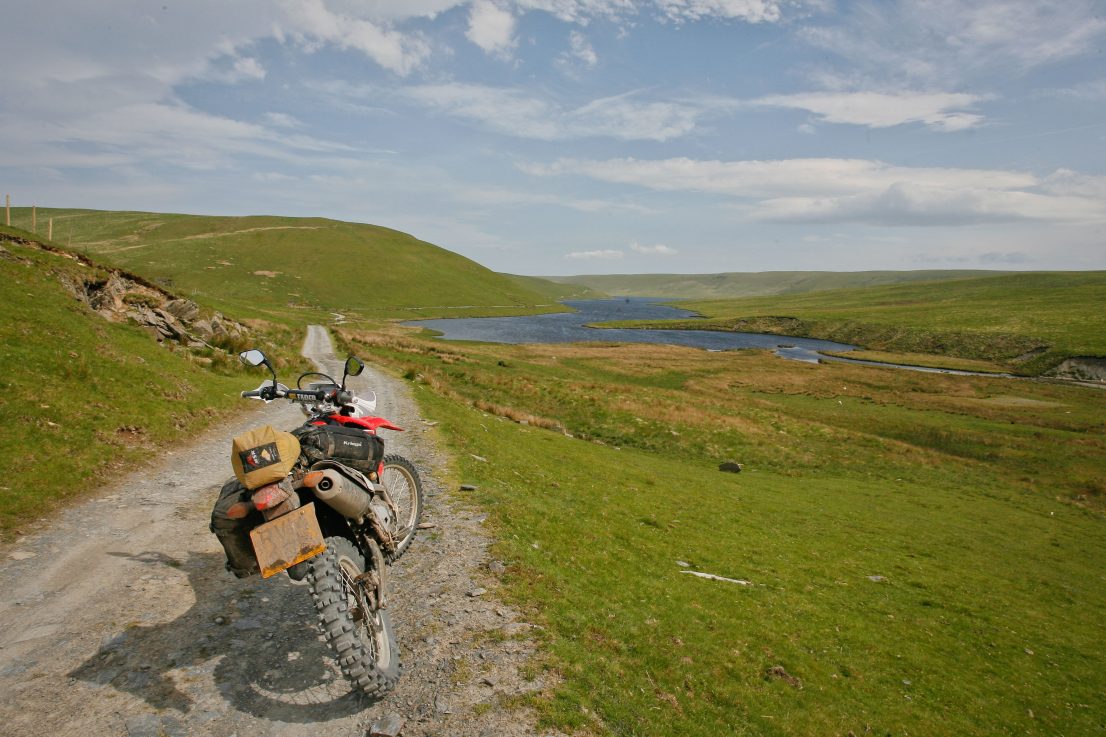
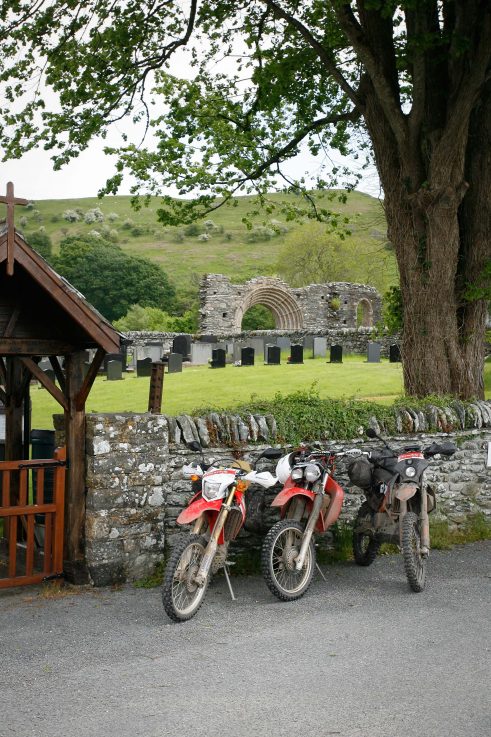
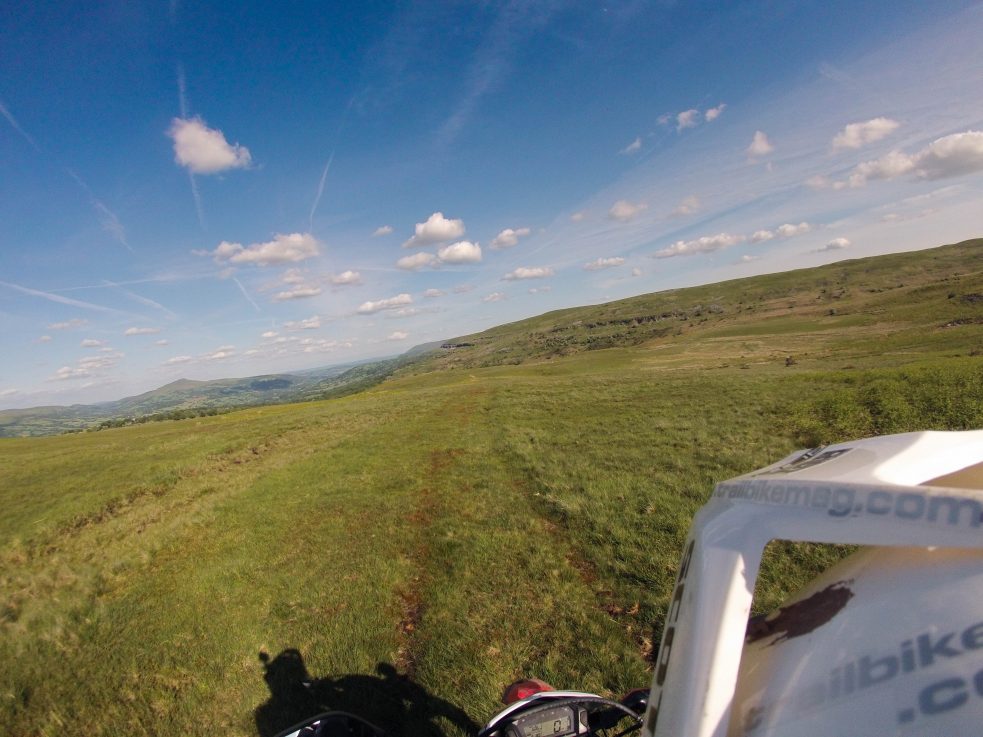
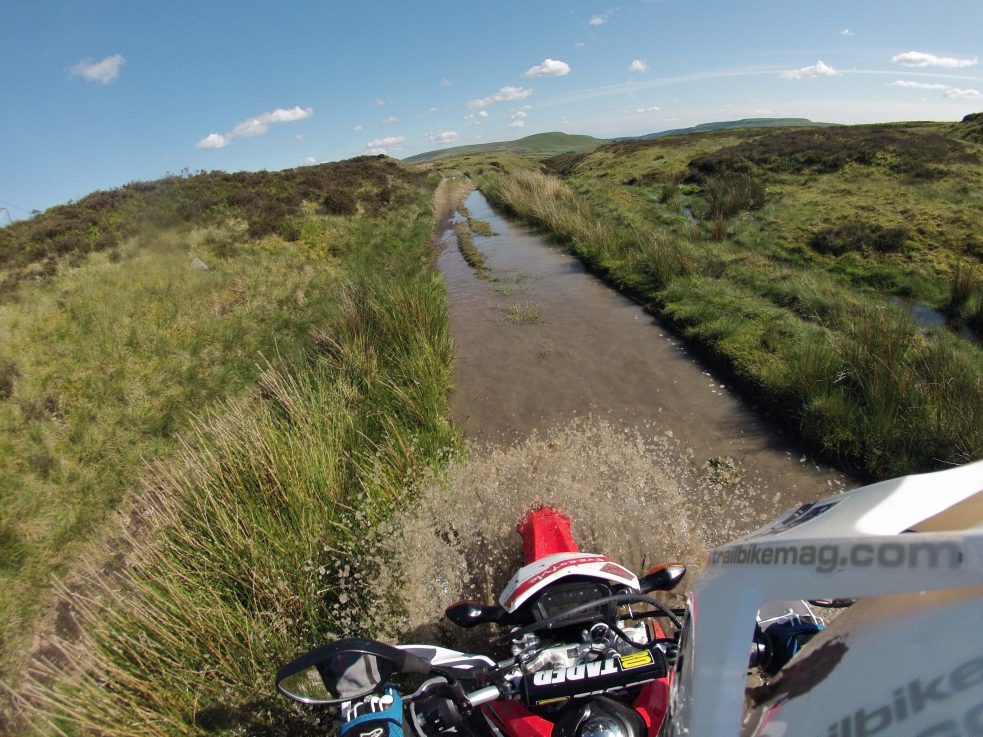
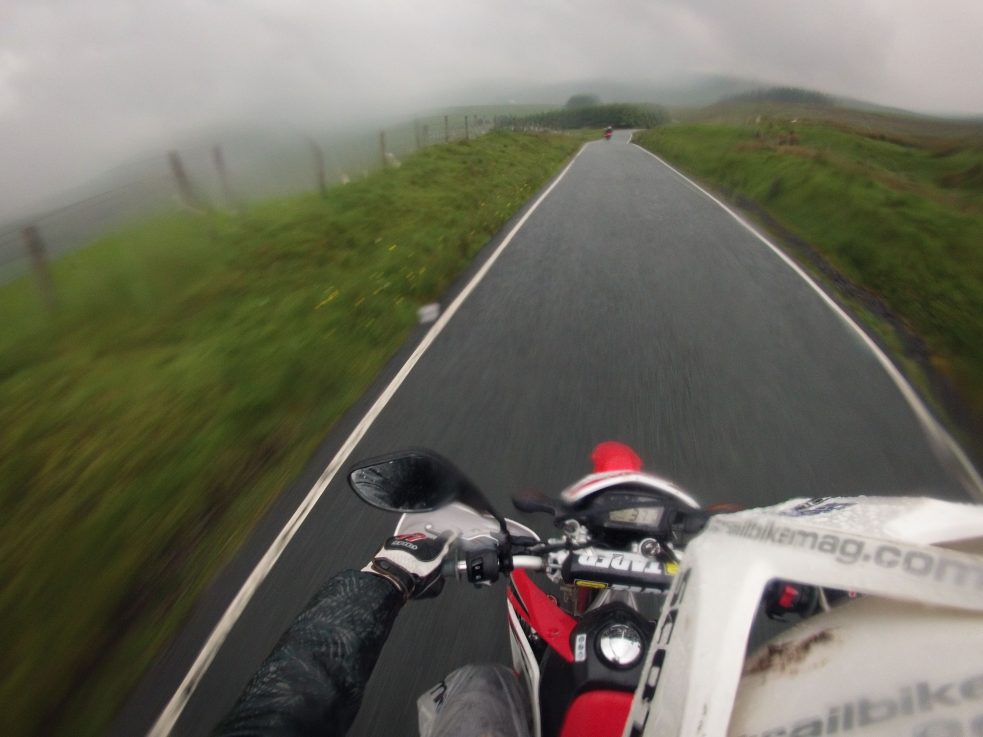
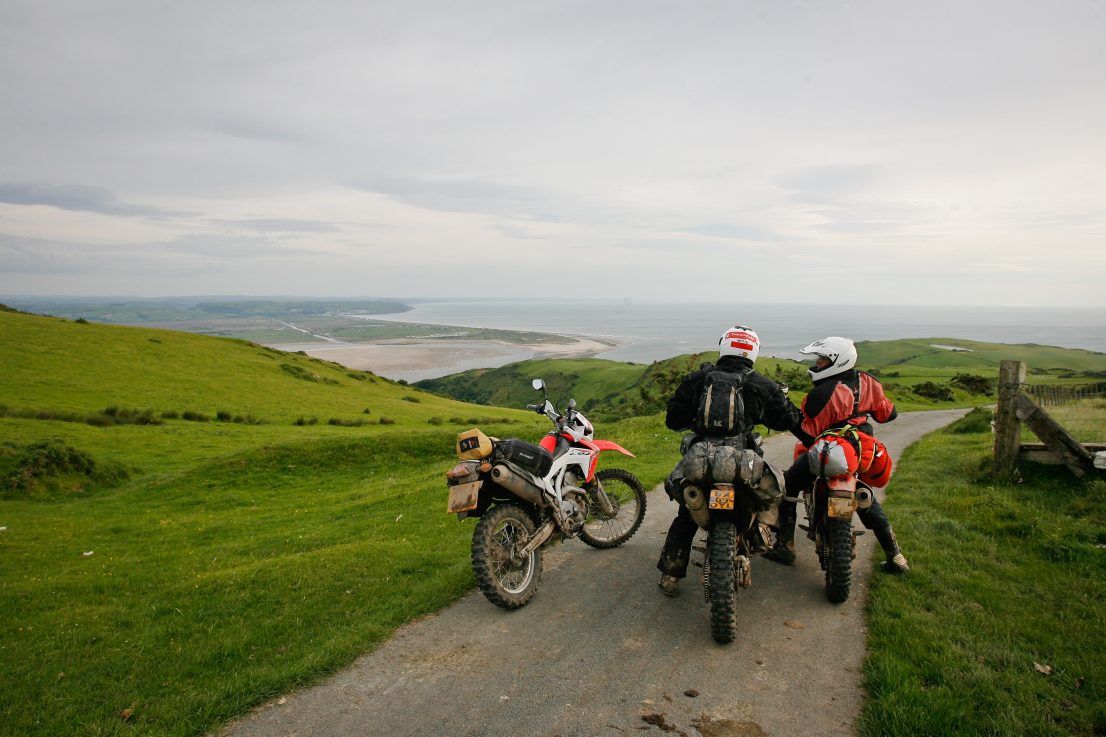

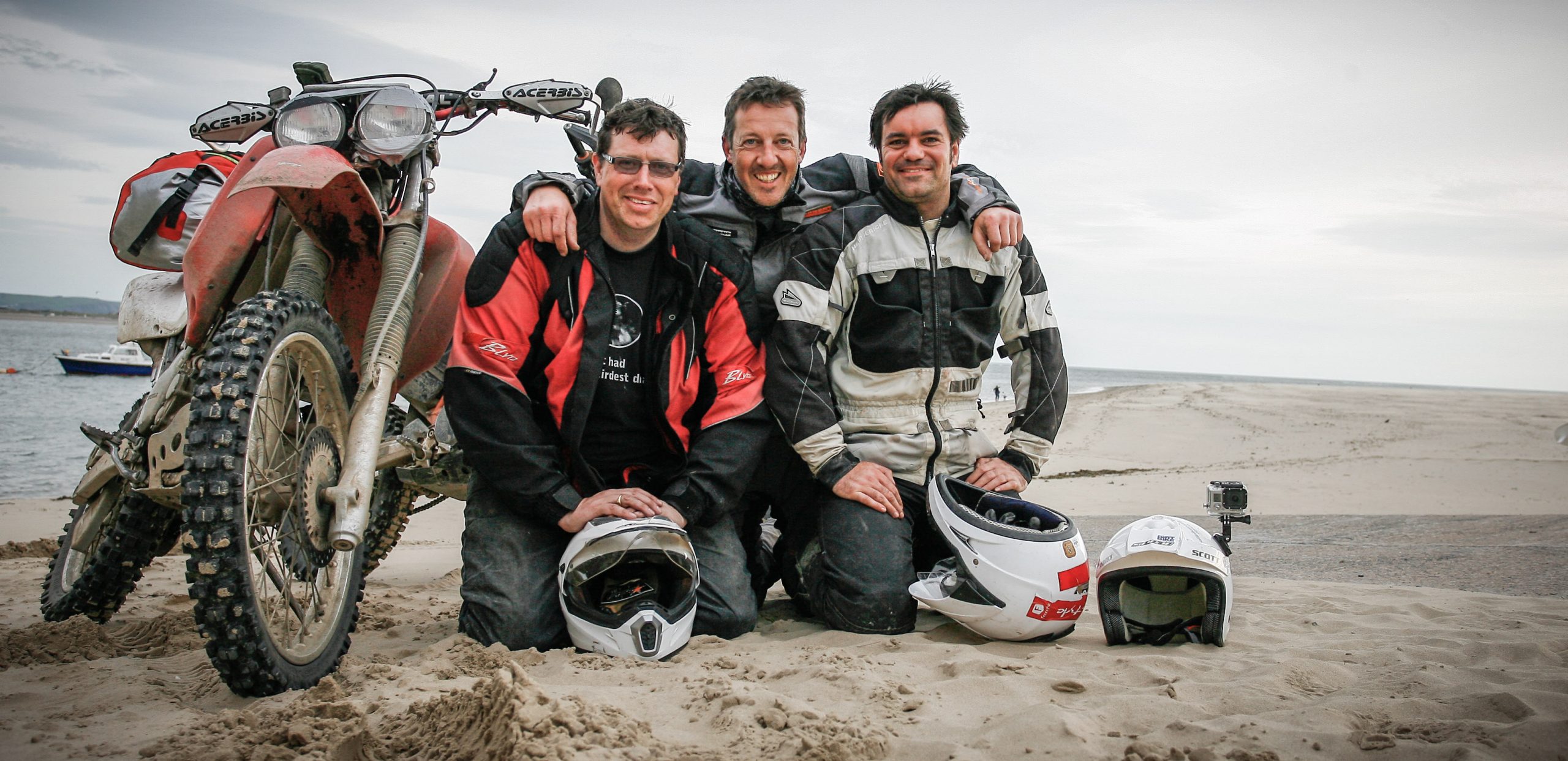

One Response
Great write up of a great little adventure. I had something similar in mind for this August heading to the same destination but starting from the ferry terminal at Poole and going via the Adventure Travel Film Festival. Hoping everything improves for all and it is still possible.